Growing Succulents in Pots: Easy Step by Step Guide
Are you ready to dive into the vibrant world of succulents? These charming little plants are not just a trend; they’re a lifestyle! Growing succulents in pots is an incredibly rewarding experience that can transform your space into a lush oasis. In this guide, we'll walk you through everything you need to know, from selecting the right pot to watering techniques that will keep your plants thriving. So, grab your gardening gloves and let’s get started on this succulent journey!
Selecting the appropriate pot is crucial for the health of your succulents. It’s like choosing the right home for your plants; they need to feel comfortable to flourish! Consider factors such as size, material, and drainage. A pot that’s too small can stunt growth, while one that’s too large can lead to overwatering. Aim for a pot that’s slightly larger than the plant’s root ball. Drainage is vital—look for pots with holes at the bottom to prevent root rot. Materials like terracotta are excellent choices because they allow for air circulation and help wick away excess moisture.
Understanding the soil requirements for succulents is essential. These plants thrive in well-draining soil that allows excess water to escape, preventing soggy roots and promoting healthy development. A good mix will keep your succulents happy and hydrated without drowning them. Think of it like a cozy blanket; too heavy, and they’ll suffocate, but just right, and they’ll thrive!
When it comes to soil, you have options! You can choose between commercial cactus mixes and homemade blends. Each has its benefits, and knowing them can help you find the best option for your plants.
Commercial cactus mixes are designed specifically for succulents, providing excellent drainage and aeration. Some popular brands include Miracle-Gro and FoxFarm. These mixes often contain a blend of peat moss, sand, and perlite, ensuring your succulents have the right environment to grow. If you’re in a hurry, these ready-made options are a great way to go!
Creating your own soil mix can be a fun and rewarding experience. You can customize it to suit your succulents' needs perfectly. A simple recipe includes:
| Ingredient | Ratio |
|---|---|
| Potting Soil | 1 part |
| Sand | 1 part |
| Perlite | 1 part |
This combination allows for excellent drainage while retaining some moisture, creating a perfect environment for your succulents!
Drainage holes are vital for preventing water accumulation in pots. Without them, your plants could drown, leading to root rot. When choosing pots, always ensure they have these essential holes. It’s like giving your plants a lifeline; they need it to thrive!
Watering succulents requires a careful balance. Too little water, and your plants will shrivel; too much, and they’ll rot. The general rule of thumb is to water when the top inch of soil feels dry. Use the “soak and dry” method, where you soak the soil thoroughly and then allow it to dry out completely before the next watering. This technique mimics their natural habitat and keeps them happy!
Overwatering can lead to root rot and other issues. Familiarize yourself with the signs of overwatering, such as yellowing leaves or mushy stems. If you notice these symptoms, it’s time to cut back on watering and let the soil dry out.
On the flip side, underwatering can stunt growth and cause leaf drop. Signs include shriveled leaves and a generally lackluster appearance. If your succulents look thirsty, give them a drink! Adjusting your watering routine based on these signs will help keep your plants healthy and vibrant.
Succulents thrive in bright, indirect light. They love basking in the sun, but too much direct sunlight can scorch their leaves. Position them near a window with filtered light for optimal growth. Think of it like finding the perfect spot to sunbathe—too much sun can lead to a nasty burn!
Understanding the differences between indoor and outdoor lighting is essential for succulent care. Indoor succulents may need more light than outdoor ones, especially during winter months. If your indoor plants look leggy, they might be stretching for light. Consider rotating them or moving them closer to a light source.
If your succulents show signs of stress, adjusting their light exposure can help. Gradually acclimate them to different light conditions to prevent shock. It’s like introducing a friend to a new environment—take it slow, and they’ll adapt just fine!
Fertilizing succulents can enhance their growth and health. During the growing season (spring and summer), applying a diluted liquid fertilizer every month can give your plants a much-needed boost. Just remember, less is more—over-fertilizing can harm your plants!
Different fertilizers cater to various succulent needs. Liquid fertilizers are easy to apply and quickly absorbed, while granular options release nutrients over time. Choose what works best for your gardening style!
Timing is crucial when fertilizing succulents. Apply fertilizer during the growing season, avoiding the dormant months of fall and winter. This way, your plants can utilize the nutrients effectively without the risk of over-fertilization.
Succulents can be susceptible to pests and diseases. Identifying common issues quickly can save your plants from serious damage. Regularly inspect your plants for signs of distress, and don’t hesitate to take action!
Recognizing common pests like mealybugs and aphids is essential for quick action. Look for white, cottony spots or tiny insects on your plants. Early detection is key to preventing an infestation!
Diseases can affect succulent health if not addressed promptly. Fungal infections often appear as dark spots on leaves. Treat these issues with appropriate fungicides and ensure your plants have good air circulation to prevent future outbreaks.
Propagating succulents is a rewarding way to expand your collection. With methods like leaf cuttings and offsets, you can create new plants with ease. It’s like cloning your favorite plant—who wouldn’t want more of that beauty?
Leaf cuttings are a popular propagation method. Simply take a healthy leaf, let it callous over for a few days, and then place it on well-draining soil. Water sparingly until new growth appears. Patience is key, but soon you'll have a brand-new succulent!
Offsets and division are effective techniques for certain succulent types. When your plant produces offsets, gently separate them and repot them in their own containers. This encourages healthy growth and allows you to share your succulent love with friends!
Q: How often should I water my succulents?
A: Water your succulents when the top inch of soil feels dry. This usually means watering every 1-3 weeks, depending on the season and humidity.
Q: Can I grow succulents indoors?
A: Absolutely! Just ensure they receive enough light. A south-facing window is ideal, but you can also use grow lights if natural light is insufficient.
Q: What should I do if my succulent is turning brown?
A: Brown leaves can indicate overwatering or sunburn. Assess your watering routine and light conditions to adjust accordingly.
Q: How can I tell if my succulent is healthy?
A: Healthy succulents have firm, plump leaves and vibrant colors. If they look shriveled or discolored, it might be time to reevaluate your care routine.
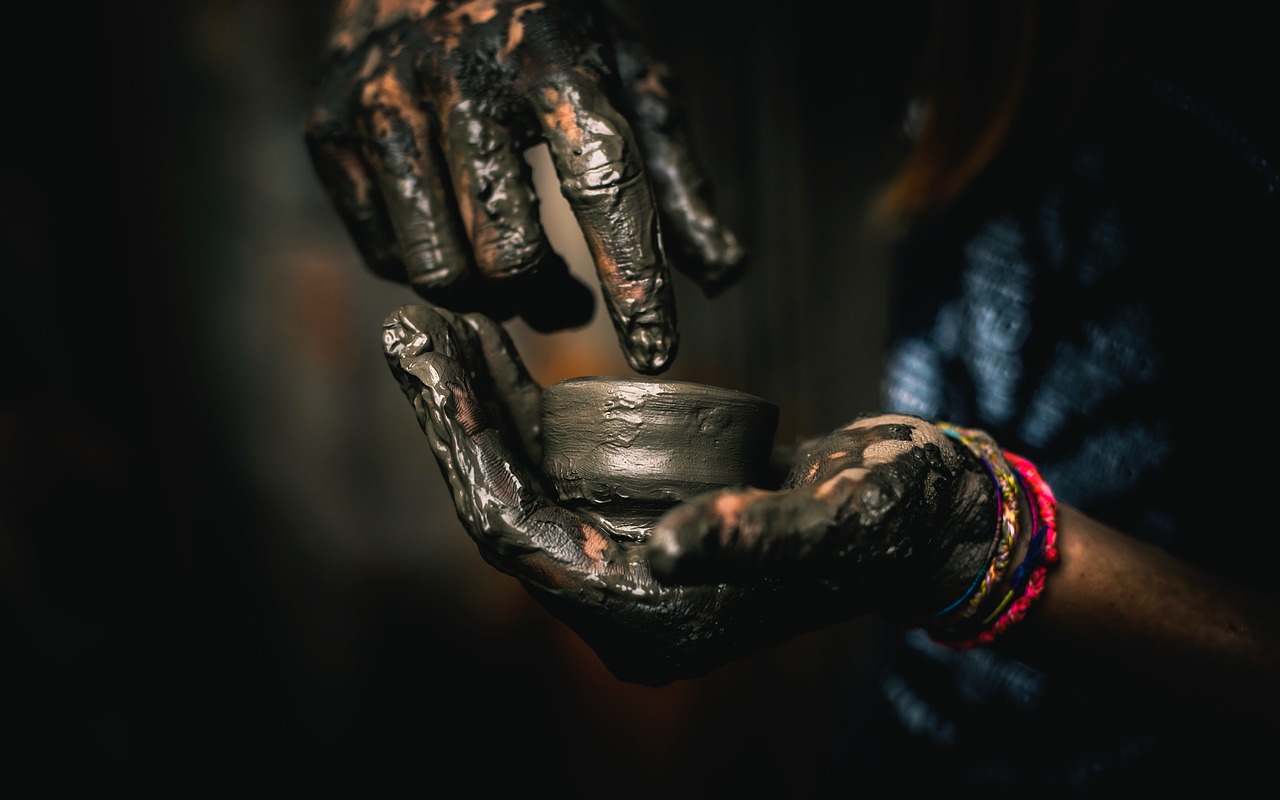
Choosing the Right Pot
When it comes to nurturing your succulents, the choice of pot is not just a matter of aesthetics; it’s a pivotal factor that can influence the overall health and growth of your plants. Think of the pot as the home for your succulents—it needs to be just right! Selecting the appropriate pot involves considering several key factors, including size, material, and drainage. Each of these elements plays a significant role in ensuring your succulents thrive.
Firstly, let's talk about size. A pot that is too small can restrict root growth, while one that is too large may retain excess moisture, leading to root rot. Ideally, your pot should be just a couple of inches larger than the root ball of your succulent. This allows for adequate growth without overwhelming the plant. Remember, succulents prefer to be a bit snug in their pots, much like a cozy blanket on a chilly night!
Next, the material of the pot is crucial. Various materials offer different benefits:
- Terracotta: This classic option is porous, allowing moisture to escape and air to circulate, which is excellent for preventing root rot.
- Plastic: Lightweight and often more affordable, plastic pots retain moisture longer, making them suitable for beginners who might be prone to underwatering.
- Ceramic: These pots can be stunning and come in various designs. However, ensure they have drainage holes, as they can retain moisture.
Speaking of drainage, this is perhaps the most critical aspect to consider. Succulents require excellent drainage to prevent water accumulation, which can lead to disastrous results like root rot. Always choose pots with drainage holes at the bottom. If you fall in love with a pot that doesn’t have holes, you can create a drainage layer at the bottom using materials like gravel or small stones, but it’s always best to start with a pot that has proper drainage.
In summary, choosing the right pot involves a balance of size, material, and drainage. By paying attention to these factors, you can create a thriving environment for your succulents. Think of it as setting the stage for a fantastic performance—everything needs to be just right for the show to go on!
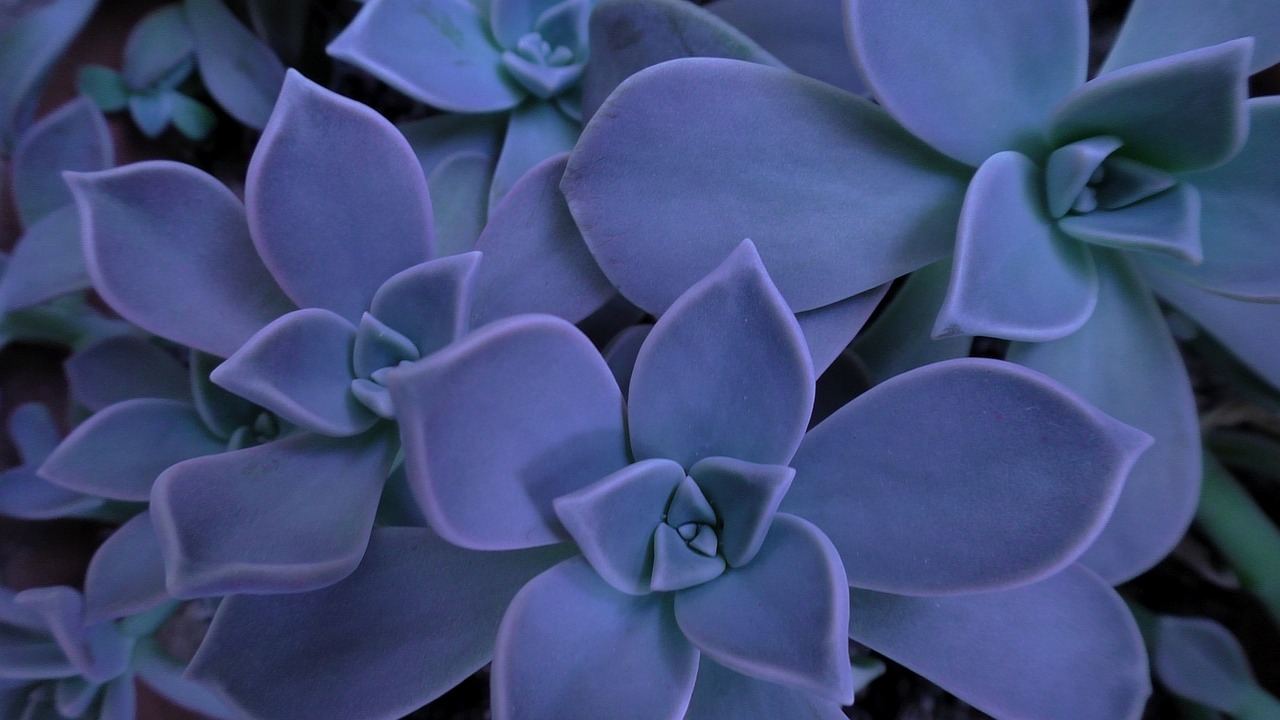
Soil and Drainage Needs
Understanding the soil requirements for your succulents is absolutely essential for their overall health and growth. Succulents are unique plants adapted to arid environments, and they thrive in conditions that mimic their natural habitats. This means they require a well-draining soil mix that allows excess water to escape quickly. Why is this so important? Well, if water sits around the roots for too long, it can lead to root rot, a condition that can quickly kill your beloved plants. So, let's dive into the nitty-gritty of soil and drainage needs.
When selecting soil for your succulents, you have a couple of options. You can either purchase a commercial cactus mix or create your own homemade blend. Each option has its benefits, and understanding these can help you choose the best path for your green friends.
Commercial cactus mixes are specifically formulated for succulents, providing excellent drainage and aeration. These mixes typically contain a combination of peat moss, sand, and perlite, which work together to create a light, airy environment that prevents soggy roots. Popular brands include Miracle-Gro and FoxFarm, both of which offer mixes tailored for succulent growth.
On the other hand, creating a homemade soil blend can be a rewarding experience, allowing you to customize the mix to meet the specific needs of your plants. A common recipe for a homemade succulent soil mix includes:
- 1 part potting soil
- 1 part coarse sand
- 1 part perlite or pumice
This combination ensures that your succulents have the nutrients they need, while also providing the drainage they crave. The perlite or pumice helps to aerate the soil, allowing roots to breathe and preventing any water from pooling.
Another critical aspect of growing succulents in pots is ensuring that your containers have adequate drainage holes. These holes are vital for preventing water accumulation, which can lead to disastrous consequences for your plants. When selecting pots, always look for those with drainage holes at the bottom. This simple feature can make a world of difference in the health of your succulents. If you happen to find a pot that you absolutely love but lacks drainage holes, don't fret! You can always drill some yourself or use it as a decorative outer pot for a plastic nursery pot that has drainage.
In summary, the right soil mix and proper drainage are essential for the success of your succulent garden. With a well-draining soil and pots that allow for excess water to escape, your succulents will be well on their way to thriving. Remember, happy roots equal happy plants!
Q: Can I use regular potting soil for succulents?
A: While you can use regular potting soil, it's best to mix it with sand and perlite to improve drainage. Regular potting soil tends to retain too much moisture for succulents.
Q: How often should I repot my succulents?
A: It’s generally recommended to repot succulents every 1-2 years, or when you notice that they have outgrown their pots. Repotting helps refresh the soil and provides more room for growth.
Q: What should I do if my succulent’s leaves are turning yellow?
A: Yellowing leaves can be a sign of overwatering. Check the soil moisture and adjust your watering routine accordingly. If the soil is too wet, consider repotting in dry soil.
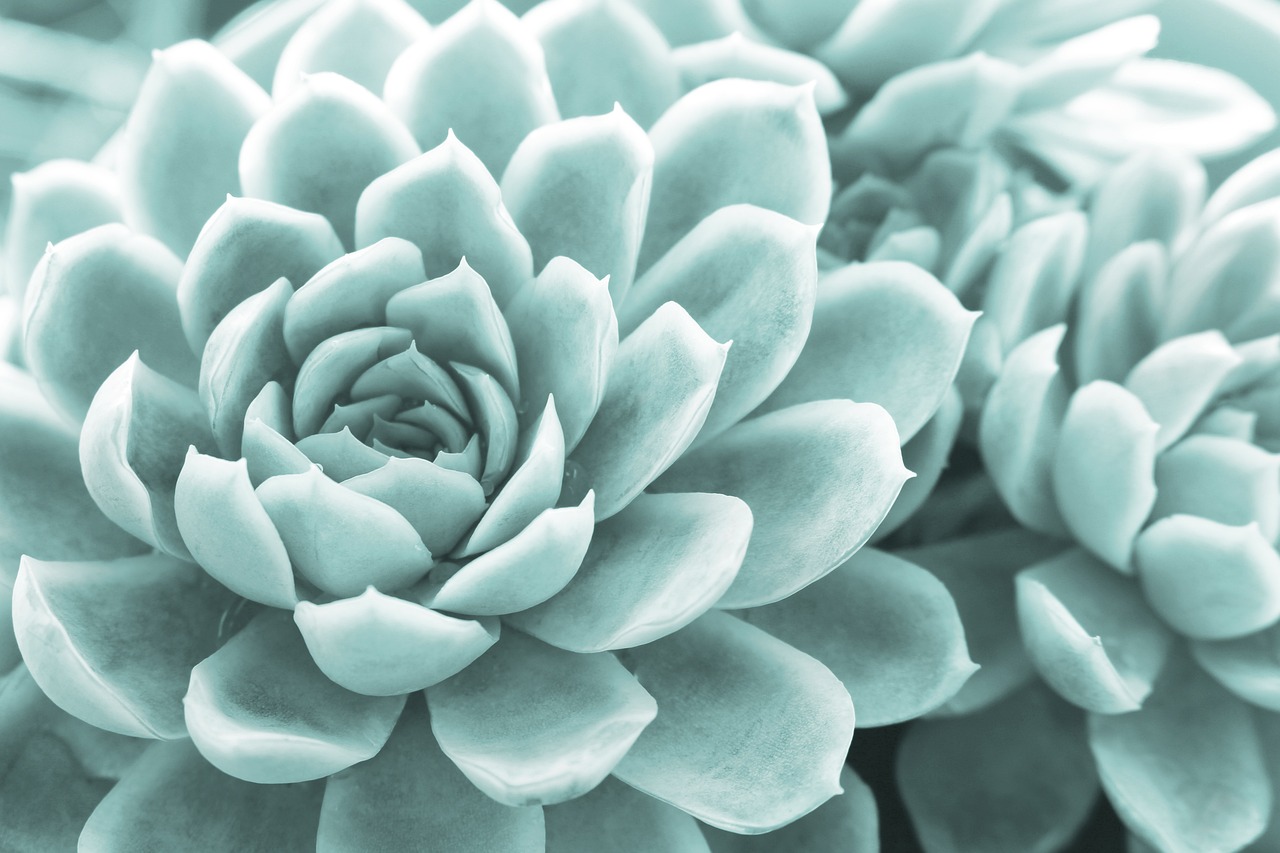
Types of Soil Mixes
When it comes to growing succulents, the type of soil mix you choose plays a pivotal role in their overall health and vitality. Not all soil is created equal, and succulents thrive in environments that mimic their natural habitats, which are often dry and well-draining. So, what are your options? Let's dive into the two main categories: commercial cactus mixes and homemade blends.
Commercial cactus mixes are readily available at garden centers and online retailers. These mixes are specifically formulated to provide the right balance of drainage and aeration that succulents crave. Typically, they contain a combination of ingredients like peat moss, perlite, and coarse sand, which work together to create an ideal growing medium. Popular brands include:
- Miracle-Gro Cactus, Palm & Citrus Potting Mix - Known for its excellent drainage capabilities.
- Espoma Organic Cactus Mix - Made from natural ingredients, this mix is perfect for organic gardening enthusiasts.
- Black Gold Cactus Mix - Contains a blend of perlite and pumice for superior drainage.
On the other hand, if you're feeling adventurous and want to customize your soil mix, homemade blends are a fantastic option. Creating your own soil mix not only allows you to tailor it to the specific needs of your succulents, but it can also be a fun and rewarding experience. A typical homemade succulent soil mix might include:
- Potting Soil - Acts as the base for your mix.
- Coarse Sand - Improves drainage and prevents soil compaction.
- Perlite or Pumice - Enhances aeration and moisture retention without becoming soggy.
For a balanced homemade mix, consider the following ratio: 2 parts potting soil, 1 part coarse sand, and 1 part perlite. This combination ensures that your succulents have enough nutrients while also allowing excess water to escape, which is crucial for preventing root rot.
Ultimately, the choice between commercial mixes and homemade blends comes down to personal preference and the specific needs of your succulent collection. Whether you opt for the convenience of a ready-made mix or the satisfaction of crafting your own, ensuring that your succulents have the right soil is essential for their growth and longevity.
Q: Can I use regular potting soil for succulents?
A: Regular potting soil can retain too much moisture for succulents, leading to root rot. It's best to use a mix designed for cacti and succulents or create your own well-draining blend.
Q: How often should I repot my succulents?
A: Generally, succulents should be repotted every 1-2 years or when they outgrow their pots. This helps refresh the soil and provides more space for growth.
Q: What should I do if my succulents start to rot?
A: If you notice signs of rot, remove the affected plant from its pot, cut away the rotten parts, and allow it to dry out before replanting it in fresh, dry soil.
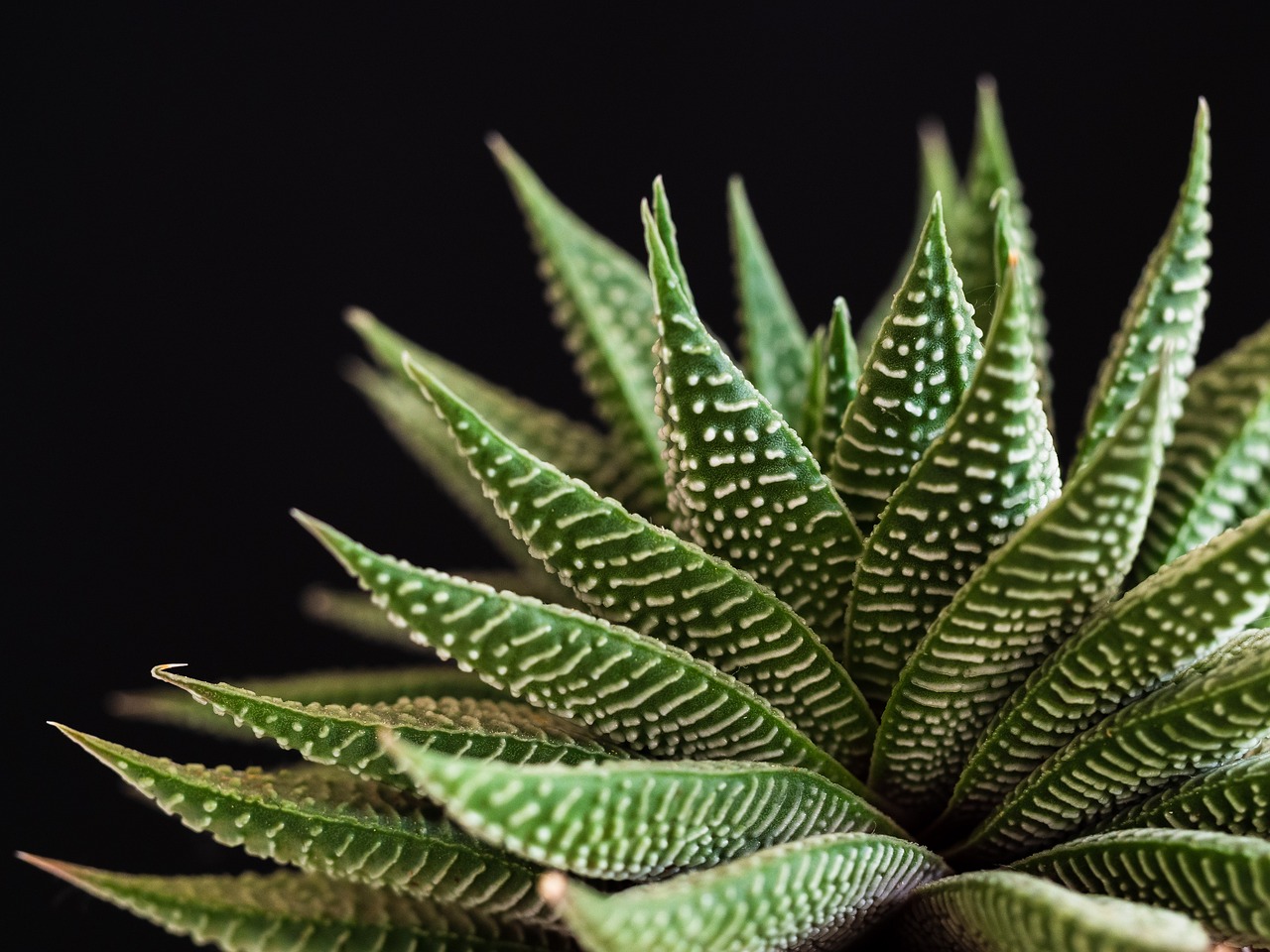
Commercial Mixes
When it comes to growing succulents, using the right soil mix is as essential as choosing the right pot. Commercial cactus mixes are specifically designed to meet the unique needs of succulents, providing an ideal balance of drainage and aeration. These pre-packaged soils often contain a blend of ingredients that cater to the water retention needs of succulents while preventing the dreaded root rot that can occur with overly moist conditions.
Most commercial mixes include a combination of potting soil, sand, and perlite or pumice. This mixture enhances drainage and allows for better airflow around the roots, which is crucial for succulent health. Here’s a quick breakdown of some popular commercial mixes:
| Brand | Main Ingredients | Features |
|---|---|---|
| Miracle-Gro Cactus, Palm & Citrus Potting Mix | Coir, perlite, sand | Enhanced drainage, ideal for cacti and succulents |
| Black Gold Cactus Mix | Peat, perlite, pumice | Organic ingredients, excellent aeration |
| FoxFarm Ocean Forest Potting Soil | Earthworm castings, fish emulsion, crab meal | Rich in nutrients, suitable for a variety of succulents |
When selecting a commercial mix, it’s essential to consider the specific needs of your succulents. For instance, if you are growing succulents that prefer drier conditions, a mix with higher sand content may be more beneficial. On the other hand, succulents that thrive in slightly more moisture might do well with a mix that includes more organic material.
Furthermore, many gardeners appreciate the convenience of commercial mixes, as they save time and effort in creating a homemade blend. However, it’s important to read the labels and ensure that the mix is free from additives like fertilizers or moisture-retaining crystals that can hinder succulent growth. Always look for mixes that are labeled as “well-draining” and “cactus mix” to ensure you’re providing the best environment for your plants.
In summary, commercial mixes can be a fantastic choice for succulent enthusiasts, offering a balanced blend of ingredients that promote healthy growth. Whether you’re a beginner or a seasoned gardener, investing in a quality commercial soil mix can set your succulents up for success.
- Can I use regular potting soil for succulents? Regular potting soil retains too much moisture for succulents, which can lead to root rot. It's best to use a mix designed for cacti and succulents.
- How often should I repot my succulents? Repotting every 1-2 years is generally sufficient, or whenever you notice roots growing out of the drainage holes.
- Is it necessary to fertilize commercial mixes? While commercial mixes often contain some nutrients, fertilizing during the growing season can enhance your succulents' health and growth.
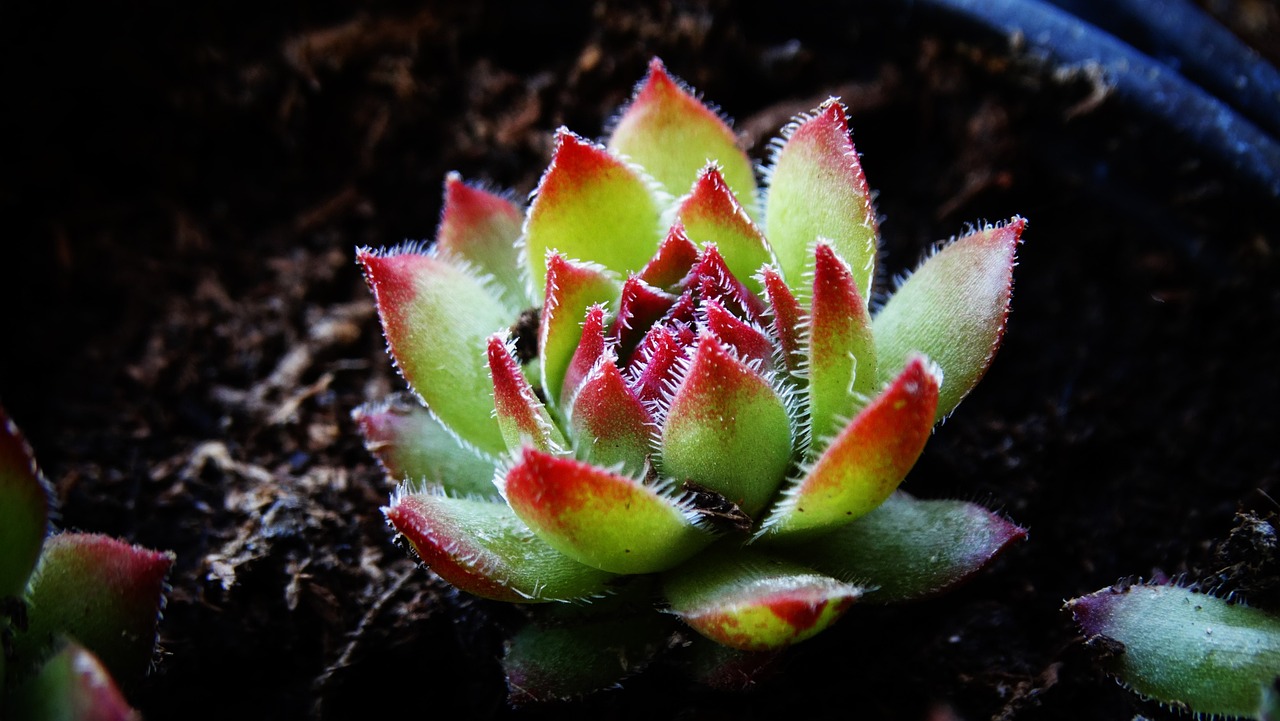
Homemade Blends
Creating your own homemade soil blend for succulents can be an incredibly rewarding experience. Not only does it allow you to customize the mix to suit the specific needs of your plants, but it also gives you a deeper connection to your gardening practices. The right soil blend can make all the difference in ensuring your succulents thrive and flourish. So, what exactly should you include in your mix?
When preparing a homemade blend, the key ingredients typically include potting soil, sand, and perlite. Each of these components plays a crucial role in creating a well-draining environment that succulents love. Here’s a basic recipe to get you started:
| Ingredient | Proportion |
|---|---|
| Potting Soil | 50% |
| Sand | 25% |
| Perlite | 25% |
This blend provides a good balance of moisture retention and drainage, which is essential for preventing root rot. Potting soil serves as the base, offering nutrients and structure, while sand enhances drainage and aeration. Perlite is a lightweight volcanic glass that improves soil aeration and helps retain moisture without becoming soggy.
Feel free to experiment with the ratios based on your specific succulent types. For instance, if you’re growing more sensitive varieties, you might want to increase the amount of perlite to ensure even better drainage. On the other hand, if you’re working with hardier succulents, a little more potting soil might be beneficial.
Additionally, you can include other materials like coconut coir or gravel to further enhance your soil mix. Coconut coir can help retain moisture while still allowing for excellent drainage, making it a great addition for certain types of succulents. Just remember that the ultimate goal is to create a blend that mimics the natural, arid environments where succulents thrive.
Once you’ve mixed your ingredients, it’s essential to test the blend. You can do this by planting a few succulents and monitoring their growth over a few weeks. If you notice signs of stress, such as yellowing leaves or stunted growth, you may need to adjust your mix accordingly.
In summary, crafting a homemade soil blend is not just about following a recipe; it's about understanding your plants' needs and creating an environment where they can thrive. So roll up your sleeves, get your hands dirty, and enjoy the process of nurturing your succulents with a mix made by you!
- What is the best soil for succulents?
A well-draining soil mix is ideal, such as a blend of potting soil, sand, and perlite. - How often should I water my succulents?
Watering frequency depends on the environment, but typically every 1-2 weeks is sufficient. - Can I use regular potting soil for succulents?
Regular potting soil can retain too much moisture; it’s best to mix it with sand and perlite for better drainage. - How do I know if my succulent is getting too much light?
Signs include leaf burn or discoloration; if you see these, consider moving them to a less intense light.
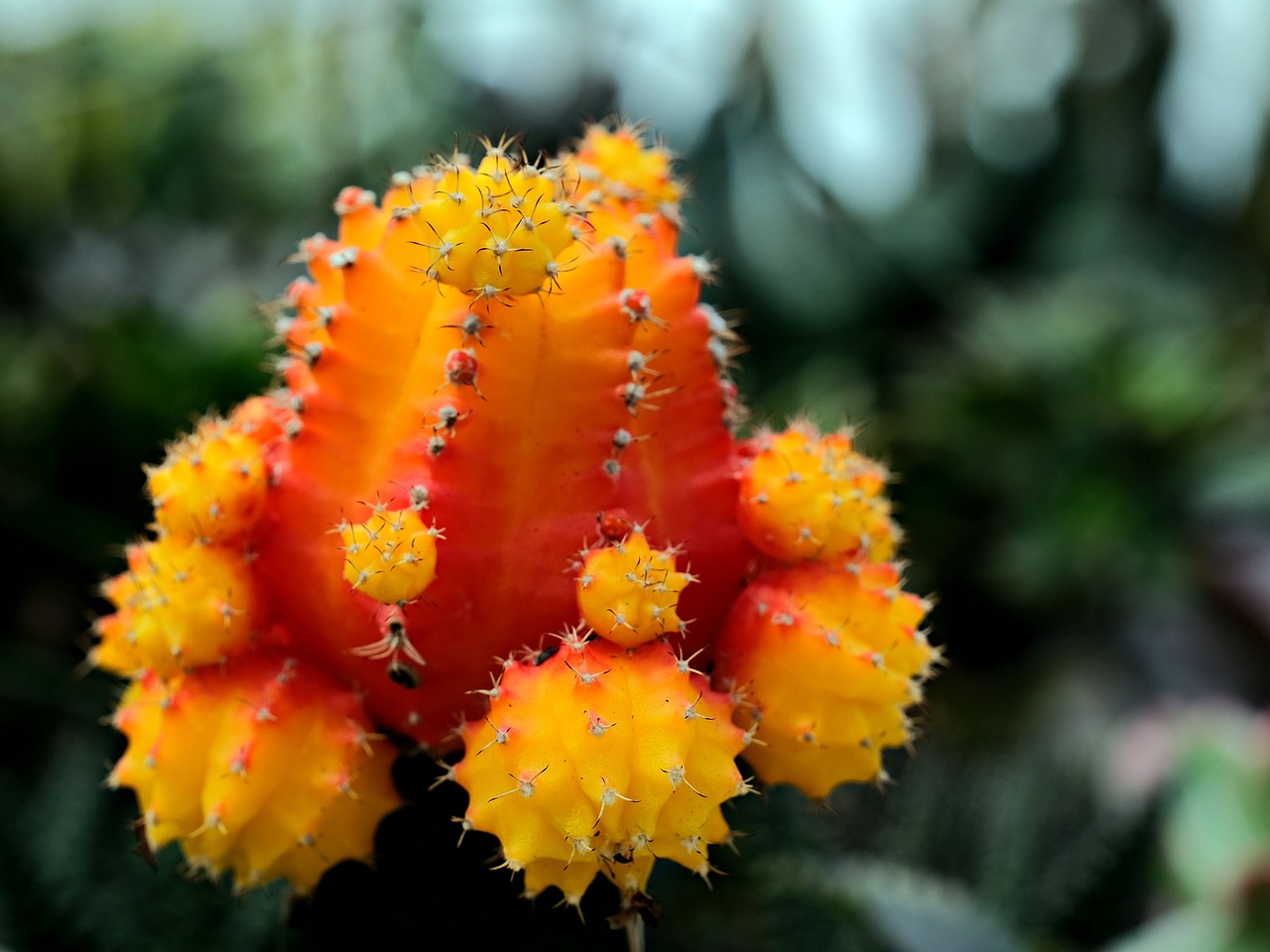
Importance of Drainage Holes
When it comes to growing succulents in pots, one of the most critical aspects often overlooked is the . These little openings at the bottom of your pots play a vital role in maintaining the health of your plants. Think of them as the safety valves that allow excess water to escape, preventing the dreaded root rot that can lead to the demise of your beloved succulents.
Without proper drainage, water can accumulate at the bottom of the pot, creating a soggy environment that is less than ideal for succulent growth. Succulents are adapted to thrive in arid conditions, and their roots are particularly sensitive to standing water. To put it simply, if your pot doesn't have drainage holes, you're setting your plants up for failure.
Here are a few reasons why drainage holes are essential:
- Prevents Root Rot: Standing water can cause roots to decay, leading to root rot. This condition is often irreversible and can kill your plant.
- Promotes Healthy Growth: Proper drainage allows for air circulation around the roots, which is crucial for nutrient uptake and overall plant health.
- Reduces Salt Buildup: Excess water can cause salts from fertilizers to accumulate in the soil, which can harm your plants. Drainage holes help wash these salts away.
When selecting pots for your succulents, always look for ones that feature drainage holes. If you fall in love with a pot that doesn’t have them, don't despair! You can always create your own drainage by using a drill to make holes or by placing a layer of gravel at the bottom of the pot to help with water flow. However, this method is not as effective as having actual drainage holes.
In summary, drainage holes are not just a feature; they are a necessity for anyone serious about growing healthy succulents. They help maintain the right moisture levels, promote healthy root development, and ultimately lead to thriving plants that can bring joy to your home or garden. So, the next time you're potting your succulents, remember: drainage holes are your best friend!
Q: Can I use pots without drainage holes for succulents?
A: While it's not recommended, if you choose to use pots without drainage holes, be extra cautious with your watering. Consider using a moisture meter to ensure you don't overwater.
Q: How often should I check the drainage of my pots?
A: It's a good practice to check the drainage regularly, especially after watering. If you notice water pooling at the bottom, it’s time to reassess your pot choice or watering habits.
Q: What should I do if my succulent shows signs of root rot?
A: If you suspect root rot, carefully remove the plant from its pot, trim away the affected roots, and repot it in fresh, dry soil with good drainage.

Watering Techniques
Watering succulents is an art that requires a delicate balance; too much water can drown them, while too little can leave them parched. Understanding the right techniques can mean the difference between a thriving succulent and a sad, wilting plant. One of the golden rules of succulent care is to water deeply but infrequently. This means you should soak the soil thoroughly until water drains out of the bottom of the pot, but then let it dry out completely before watering again. Think of it as giving your plants a refreshing drink after a long day in the sun, but making sure they don’t get too tipsy!
To help you gauge when to water, consider factors like the season, humidity, and the size of your pot. During the growing season (spring and summer), you might find yourself watering more often, perhaps every 1-2 weeks. In contrast, during the dormant months of fall and winter, your succulents will require much less water—sometimes only once a month! It's essential to keep an eye on your plants and adjust your watering schedule accordingly.
There are a couple of techniques you can use to ensure your succulents are getting just the right amount of water:
- The Soak and Dry Method: This is where you water until you see it draining out of the bottom, then wait until the soil is completely dry before watering again. This method mimics the natural environment of succulents, which experience dry spells followed by heavy rains.
- The Finger Test: Simply stick your finger into the soil about an inch deep. If it feels dry, it’s time to water. If it’s still moist, hold off for a few days.
But how do you know if you’re overwatering or underwatering? Here are some signs to watch out for:
| Condition | Signs |
|---|---|
| Overwatering | Yellowing leaves, mushy stems, and a foul smell from the soil. |
| Underwatering | Wrinkled, shriveled leaves, and a general droopy appearance. |
Remember, succulents are resilient plants that can bounce back from a little neglect, but they thrive when given the right care. When in doubt, it’s always better to err on the side of underwatering rather than overwatering. After all, a little drought can be a welcome challenge for these hardy plants!
Lastly, consider the type of water you’re using. While tap water is generally fine, it can contain chemicals like chlorine that might not be ideal for your succulents. If possible, use rainwater or distilled water, as they are free from harsh chemicals and minerals. Your plants will thank you for it!
Q: How often should I water my succulents?
A: This depends on the season and environment, but generally, watering every 1-2 weeks in the growing season and once a month in the dormant season is a good rule of thumb.
Q: Can I use regular potting soil for succulents?
A: Regular potting soil retains too much moisture for succulents. It's best to use a well-draining soil mix designed specifically for cacti and succulents.
Q: What should I do if my succulent is overwatered?
A: Remove it from the pot, let the roots dry out, and repot it in fresh, dry soil. Make sure the pot has good drainage.
Q: Can succulents survive in low light?
A: While some succulents can tolerate low light, most prefer bright, indirect sunlight. If they don’t get enough light, they may become leggy and weak.
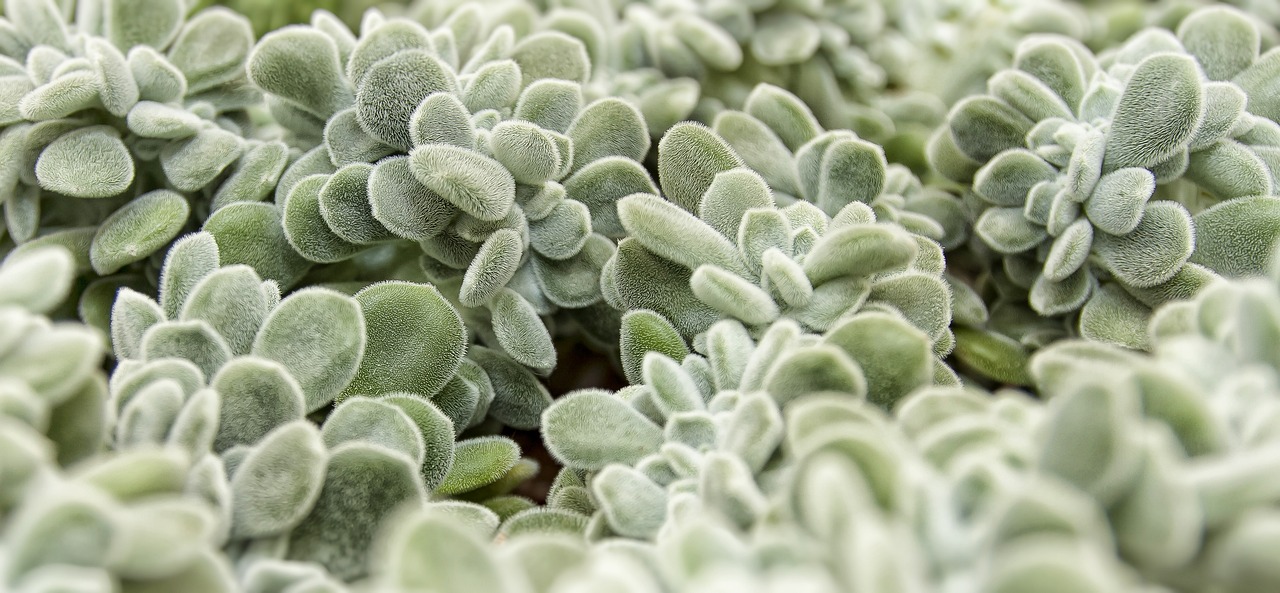
Signs of Overwatering
Overwatering is like giving your succulent a big, soggy hug—it might sound nice, but it can lead to serious problems! When you water your succulents too much, it can cause the roots to rot, which is a one-way ticket to plant disaster. So, how can you tell if you’re drowning your green friends? There are several clear signs that indicate your succulents are getting more water than they can handle.
First off, one of the most obvious signs is yellowing leaves. If the leaves of your succulent are turning yellow and feel mushy to the touch, it’s a red flag. This yellowing usually starts at the bottom of the plant and can spread upwards. It's like your succulent is waving a little white flag, begging for help!
Another telltale sign of overwatering is leaf drop. When succulents receive too much water, they can become heavy and start shedding leaves. If you notice leaves falling off your plant without being touched, it might be time to reevaluate your watering schedule. It's similar to a person feeling overwhelmed and needing to let go of some baggage—your succulent is just trying to lighten its load!
Next, keep an eye out for soft, mushy stems. If the stems of your succulent feel squishy instead of firm, it’s a sure sign that they’re sitting in waterlogged soil. This condition can lead to severe root rot, which can be fatal for the plant. Think of it as your succulent developing a bad case of the “squishies”—not a good look!
Lastly, root rot is the ultimate consequence of overwatering, and it often goes unnoticed until it’s too late. If you pull your plant from its pot and notice a foul smell or dark, mushy roots, it’s time to take action. You might need to trim away the affected roots and repot your succulent in fresh, dry soil. This process is akin to performing surgery—delicate and requiring care, but sometimes necessary to save your plant.
To help you spot these signs more easily, here’s a quick summary:
- Yellowing leaves: A sign of stress, indicating too much water.
- Leaf drop: Leaves falling off without being disturbed.
- Mushy stems: Soft, squishy stems indicate excess moisture.
- Root rot: Dark, mushy roots with a foul smell.
By keeping an eye out for these signs, you can ensure that your succulents stay healthy and happy. Remember, it’s always better to err on the side of underwatering than to risk the dreaded effects of overwatering. Your succulents will thank you with their vibrant colors and robust growth!
Q: How often should I water my succulents?
A: It depends on the type of succulent and the conditions in your home, but generally, watering every 1-3 weeks is a good rule of thumb. Always check the soil moisture first!
Q: Can I save my succulent if it shows signs of overwatering?
A: Yes! If you catch it early, you can trim away the rotten roots, let the plant dry out, and repot it in fresh soil.
Q: What type of soil is best for succulents?
A: A well-draining soil mix is ideal. You can use commercial cactus mixes or create your own with potting soil, sand, and perlite.
Q: How do I know if my succulent is underwatered?
A: Signs of underwatering include shriveled leaves and a lack of growth. If your plant looks thirsty, give it a drink!
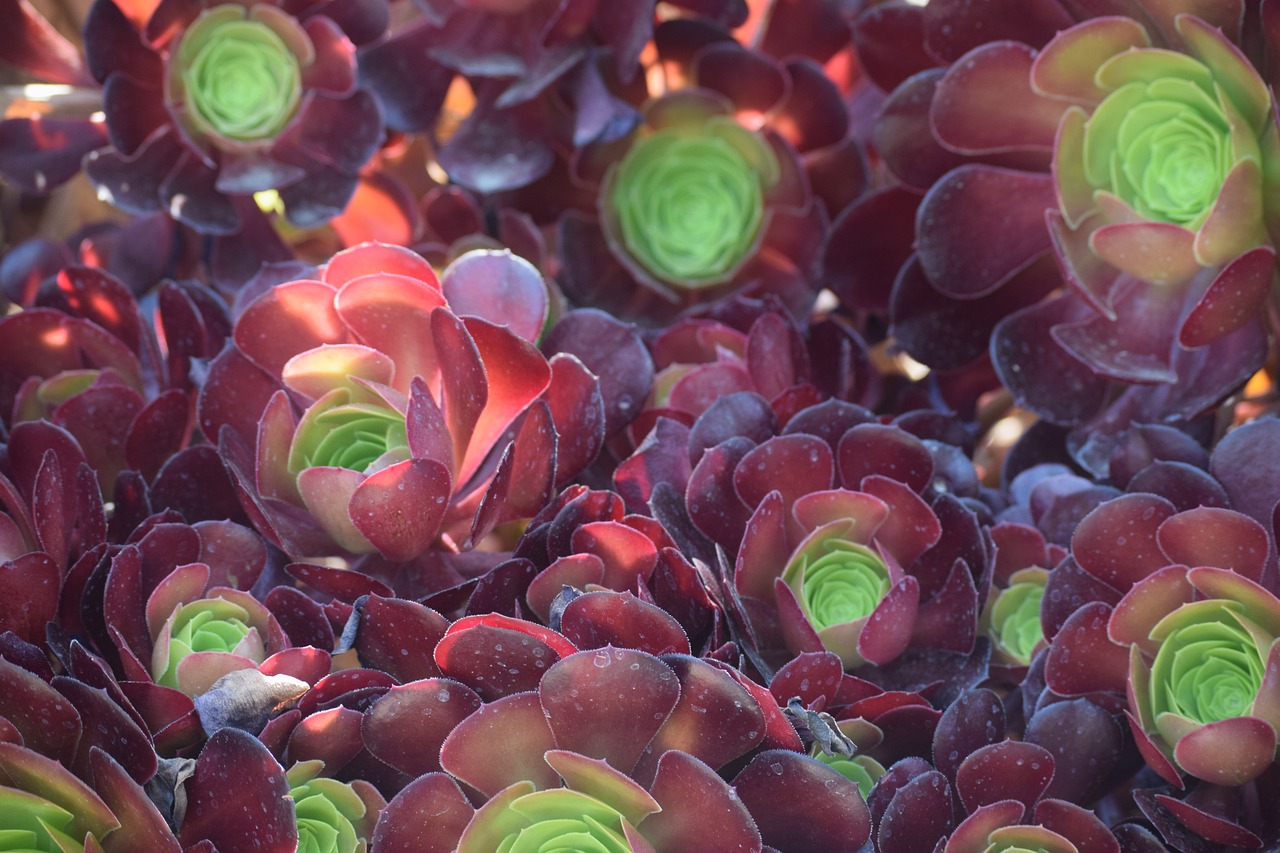
Signs of Underwatering
Underwatering your succulents can be just as detrimental as overwatering them. These resilient plants have unique needs, and when they don't receive enough moisture, they start to exhibit specific signs that should never be ignored. One of the most noticeable indicators of underwatering is wrinkled or shriveled leaves. This happens because the plant is using up its stored water reserves, leading to a loss of turgor pressure. If you notice your succulent looking a bit deflated, it’s time to reevaluate your watering schedule.
Another sign to watch for is leaf drop. While some succulents naturally shed older leaves, if you find a significant number of leaves falling off suddenly, it’s a clear signal that your plant is thirsty. Additionally, color changes can also occur; for instance, the vibrant greens of your succulents may fade to a duller hue as they struggle to conserve moisture. This color change is often accompanied by a stunted growth phase, where the plant seems to halt its development altogether, indicating that it’s not getting the hydration it needs to thrive.
If you’re still unsure whether your succulent is underwatered, consider the soil condition. If the top inch of soil feels bone dry and crumbly, it’s a telltale sign that your plant is in need of a good drink. To help you identify these signs more easily, here’s a quick summary of the key indicators of underwatering:
- Wrinkled or shriveled leaves
- Leaf drop, particularly of lower leaves
- Color changes from vibrant to dull
- Stunted growth
- Dry, crumbly topsoil
Understanding these signs is crucial in maintaining the health of your succulents. Remember, it’s always better to err on the side of caution when it comes to watering. If you suspect your plants are underwatered, give them a thorough watering and monitor their recovery. They’ll thank you with vibrant growth and beautiful foliage!
Q: How often should I water my succulents?
A: It depends on the season and environment. Generally, succulents should be watered every 1-3 weeks, allowing the soil to dry out completely between waterings.
Q: Can I use regular potting soil for succulents?
A: Regular potting soil retains too much moisture for succulents. It's best to use a well-draining soil mix specifically formulated for cacti and succulents.
Q: What should I do if I think my succulent is underwatered?
A: Water your succulent thoroughly, allowing excess water to drain out. Monitor the plant closely for signs of recovery over the next few days.
Q: How can I tell if my succulent is overwatered?
A: Signs of overwatering include mushy leaves, yellowing foliage, and a foul smell from the soil. If you notice these signs, reduce watering and check for root rot.
Q: Is it normal for succulents to lose leaves?
A: Yes, it's normal for succulents to shed older leaves as they grow. However, if you notice excessive leaf drop, it may indicate an issue with watering.
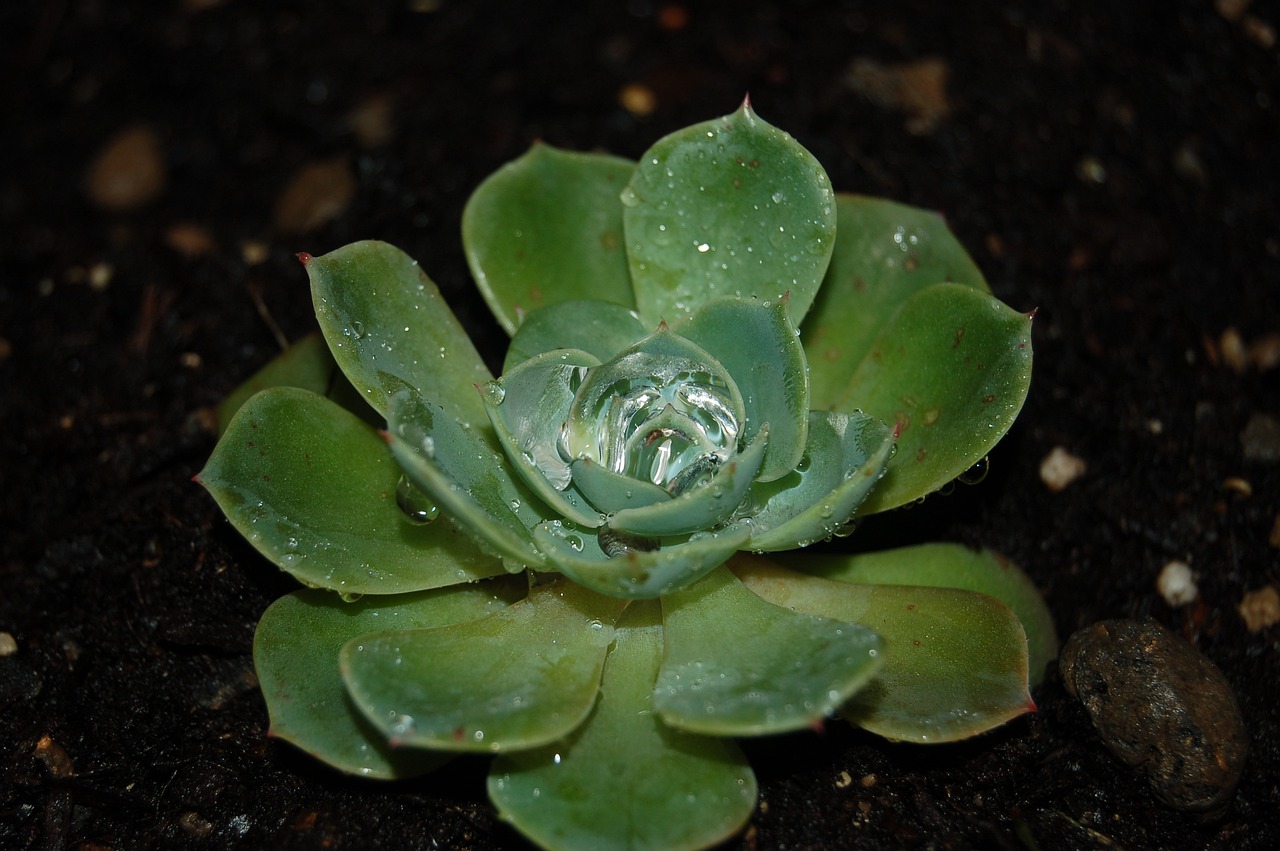
Light Requirements
When it comes to growing succulents, understanding their is key to ensuring they thrive. Succulents are native to arid regions, which means they have evolved to love bright, indirect light. Think of them as little solar panels, soaking up sunlight to fuel their growth. However, just like a solar panel can get overwhelmed by too much sun, succulents can suffer from too much direct light, leading to sunburned leaves and stunted growth. So, how do you strike the perfect balance?
First off, it's essential to recognize that different succulent species have varying light needs. For instance, some varieties, like Echeveria, prefer bright light but can tolerate some shade, while others, such as Aloe Vera, thrive in full sun. To help you navigate these differences, here's a quick overview of light requirements for popular succulent types:
| Succulent Type | Light Preference |
|---|---|
| Echeveria | Bright, indirect light |
| Aloe Vera | Full sun |
| Haworthia | Partial shade |
| Jade Plant | Bright, indirect light |
Now that you have a sense of what your succulents need, let’s talk about where to place them. If you're growing succulents indoors, a south-facing window is often ideal, as it provides the most light throughout the day. However, if your window gets too hot, consider using sheer curtains to filter the light. This way, your plants can bask in the sun without getting scorched.
For outdoor succulent gardens, aim for a spot that gets at least six hours of sunlight daily. However, during the hottest months, it might be wise to provide some afternoon shade to prevent sunburn. Just like you wouldn’t want to sit out in the sun all day without sunscreen, your succulents appreciate a break from the intense heat.
If your succulents start showing signs of stress, such as elongated stems or pale leaves, it could be a cry for help regarding their light conditions. Adjusting their exposure gradually can help them acclimate to new lighting without shock. Think of it like introducing a friend to a new hobby—start slow, and soon they'll be thriving!
In conclusion, paying attention to your succulents' light requirements is crucial for their health and vibrancy. By understanding their specific needs and adjusting their environment accordingly, you'll be well on your way to creating a flourishing succulent garden that brings joy and beauty to your space.
- How much light do succulents need? Most succulents require bright, indirect light for several hours a day, while some can tolerate full sun.
- Can succulents survive in low light? While some succulents can adapt to low light, they generally won't thrive and may become leggy.
- How can I tell if my succulent is getting too much light? Look for signs like sunburned leaves, which may turn brown or crispy at the edges.
- What should I do if my succulent is stretching towards the light? This is a sign that it needs more light. Consider moving it closer to a light source.
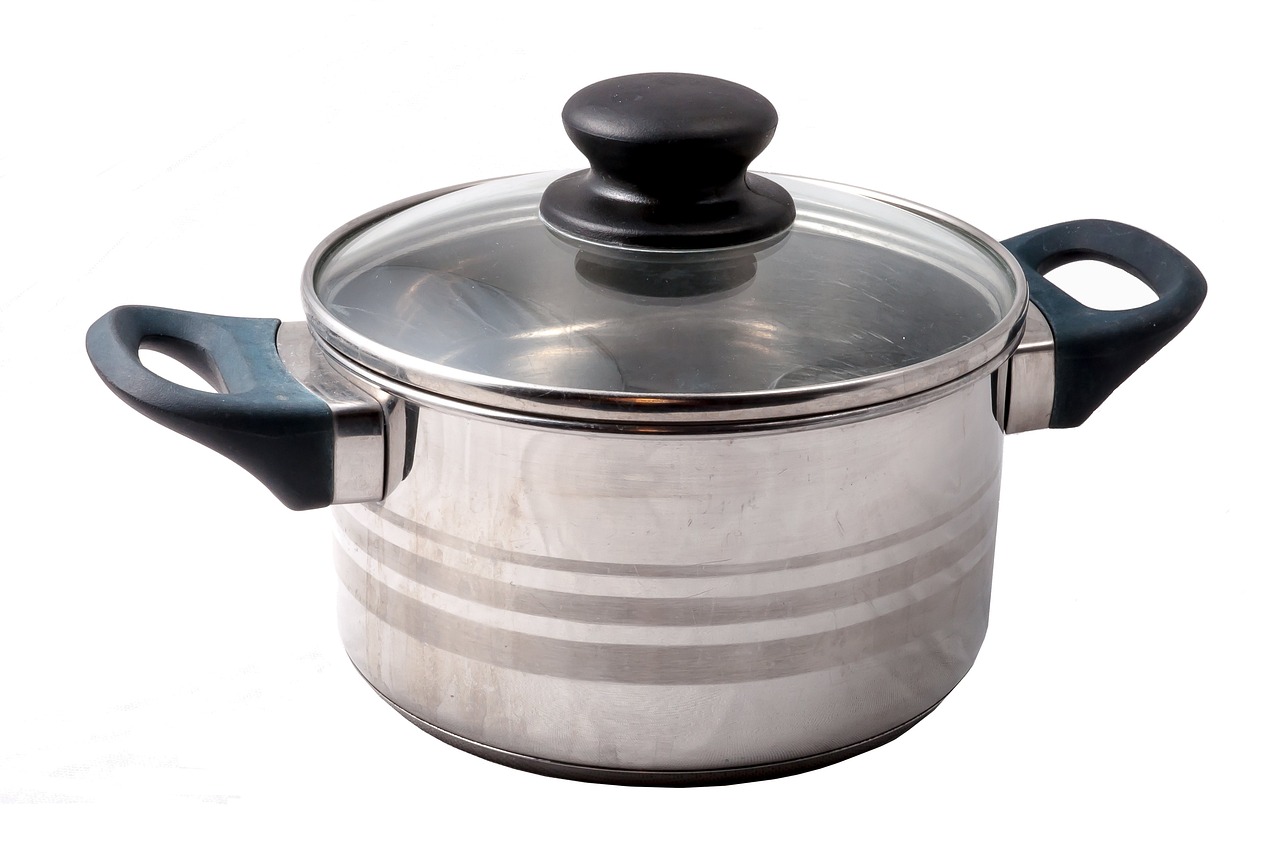
Indoor vs. Outdoor Lighting
When it comes to growing succulents, understanding the difference between indoor and outdoor lighting is essential for their health and vitality. Succulents are native to arid regions and typically thrive in bright, direct sunlight. However, the intensity and quality of light can vary significantly between indoor and outdoor environments. This means that the placement of your plants can make a world of difference in their growth and overall well-being.
Indoor lighting often lacks the intensity that succulents desire. Most homes do not receive enough natural light, especially in winter months or in rooms with limited windows. If your succulents are indoors, consider placing them near a south-facing window where they can soak up as much light as possible. If natural light is insufficient, you might want to invest in grow lights. These specialized lights can mimic the sun's rays, providing the necessary spectrum that succulents need to thrive.
On the other hand, outdoor lighting can be more favorable for succulents, provided you take care to protect them from the harshest midday sun, which can scorch their leaves. Ideally, outdoor succulents should be placed in a location that receives ample morning sunlight and filtered light during the afternoon. This way, they can enjoy the benefits of bright light without the risk of overheating. You might consider using a shade cloth or placing them under a tree that allows dappled sunlight to filter through.
To help you visualize the differences in lighting needs, here's a quick comparison:
| Lighting Type | Best For | Considerations |
|---|---|---|
| Indoor | Low to moderate light succulents | Use grow lights if necessary; rotate plants for even exposure. |
| Outdoor | Most succulents | Provide some shade during peak sun hours to prevent leaf burn. |
In conclusion, whether you choose to grow your succulents indoors or outdoors, understanding the specific lighting needs of your plants is crucial. Each environment presents its own challenges and benefits, and by paying attention to these factors, you can create a thriving habitat for your beloved succulents.
- How much light do succulents need? Succulents generally need at least 6 hours of bright light daily, whether natural or artificial.
- Can I use regular light bulbs for indoor succulents? While regular bulbs can provide some light, it's best to use grow lights designed for plant growth to ensure they receive the right spectrum.
- What should I do if my succulent is stretching? If your succulent is stretching, it likely needs more light. Move it closer to a light source or consider using grow lights.

Adjusting Light Exposure
Adjusting light exposure for your succulents is a crucial aspect of ensuring their health and vitality. Just like humans, succulents can experience stress from too much or too little light. Imagine being in a room where the lights are blaring down on you, or conversely, sitting in a dim corner without any natural light. Both scenarios can lead to discomfort, and the same goes for your plants!
When you notice your succulents showing signs of stress, such as stretching or pale leaves, it may be time to reassess their light situation. The key is to gradually acclimate them to their new light conditions. This process is akin to adjusting to a new time zone; you wouldn’t just jump into the new schedule without easing into it, right? Here are some tips to help you adjust your succulents' light exposure:
- Start Slow: If you’re moving your succulent from a low-light area to a brighter spot, do it gradually. Begin by placing them in a spot with indirect sunlight for a few hours a day, then slowly increase their exposure.
- Monitor Their Response: Keep an eye on your plants. If they start to show signs of stress, such as leaf burn or excessive stretching, it might be too much light. Conversely, if they look leggy and weak, they may need more light.
- Rotate Regularly: To ensure even growth, rotate your pots every few weeks. This way, all sides of the plant get equal exposure to light, preventing uneven growth patterns.
Another important factor to consider is the type of light your succulents are receiving. For instance, south-facing windows typically provide the most light, while north-facing windows offer much less. If your succulents are indoors, you might want to experiment with different locations to find their sweet spot. If you notice that your plants are leaning towards the light source, it's a clear sign that they are in need of more exposure.
In outdoor settings, be mindful of the changing seasons. During summer, the sun can be quite intense, and your succulents may need some shade during peak hours. Conversely, winter months might require you to move them to a sunnier spot as the days get shorter. It's all about being observant and responsive to your plants' needs!
In conclusion, adjusting light exposure is not just a one-time task; it’s an ongoing process that requires attention and care. By being proactive and responsive to your succulents' needs, you can create an environment where they thrive and flourish. Remember, a happy succulent is a healthy succulent!
Q: How do I know if my succulent is getting too much light?
A: Signs of too much light include leaf burn, which appears as brown or crispy edges, and excessive stretching towards the light source. If you notice these signs, consider moving your succulent to a location with indirect light.
Q: Can I use artificial light for my succulents?
A: Yes, succulents can thrive under artificial grow lights. Make sure the light mimics natural sunlight and provides the right spectrum for plant growth. Position the lights about 12-18 inches above the plants and keep them on for about 12-14 hours a day.
Q: Should I change the light exposure with the seasons?
A: Absolutely! As the seasons change, so does the intensity and duration of natural sunlight. Be prepared to adjust your succulents’ locations accordingly to ensure they receive the optimal amount of light throughout the year.
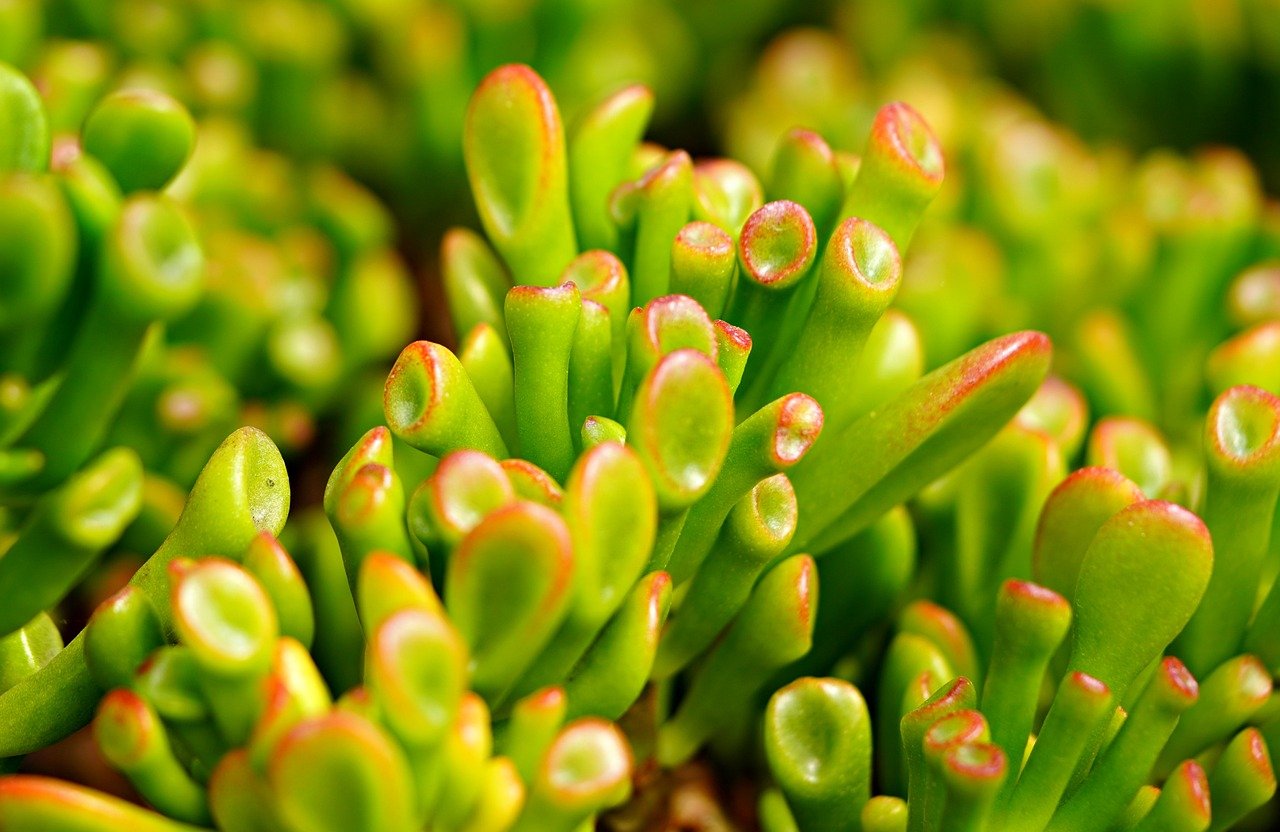
Fertilizing Succulents
When it comes to , many plant enthusiasts often wonder if it’s really necessary. The answer is a resounding yes! While succulents are known for their ability to thrive in harsh conditions, providing them with the right nutrients can significantly enhance their growth and overall health. Think of fertilizing as giving your plants a nutritious meal; it helps them flourish and reach their full potential.
There are various types of fertilizers suitable for succulents, each designed to cater to different needs. The most common options include liquid fertilizers and granular fertilizers. Liquid fertilizers are often preferred for their quick absorption, allowing plants to access nutrients almost immediately. On the other hand, granular fertilizers release nutrients slowly over time, which can be beneficial for maintaining a consistent nutrient supply. Here’s a quick comparison:
| Type of Fertilizer | Advantages | Disadvantages |
|---|---|---|
| Liquid Fertilizer | Quick absorption, easy to apply | Needs to be applied more frequently |
| Granular Fertilizer | Slow release, long-lasting effects | Can be over-applied, leading to burns |
Timing is crucial when it comes to fertilizing your succulents. Generally, the best times to apply fertilizer are during the growing season, which typically spans from spring to early fall. During this period, your succulents are actively growing and will benefit the most from added nutrients. However, it's important to avoid fertilizing during the winter months, as this is when succulents enter a dormant phase and do not require additional feeding.
Another essential aspect to consider is the frequency of fertilization. A good rule of thumb is to fertilize your succulents every 4 to 6 weeks during their growing season. However, always remember that less is more when it comes to fertilizing succulents. Over-fertilization can lead to nutrient burn, which can be detrimental to your plants. If you notice any signs of distress, such as yellowing leaves or stunted growth, it might be time to cut back on the fertilizer.
To summarize, fertilizing succulents can greatly enhance their growth and health, but it must be done thoughtfully. Understanding the types of fertilizers available, the best times to fertilize, and the appropriate frequency will help you keep your succulents thriving. So, go ahead and give your plants that extra boost they need to shine!
- How often should I fertilize my succulents? It's best to fertilize every 4 to 6 weeks during the growing season.
- Can I use regular houseplant fertilizer? While you can use it, it's better to opt for fertilizers specifically formulated for succulents.
- What are the signs of over-fertilization? Look for yellowing leaves, stunted growth, or burnt leaf tips.
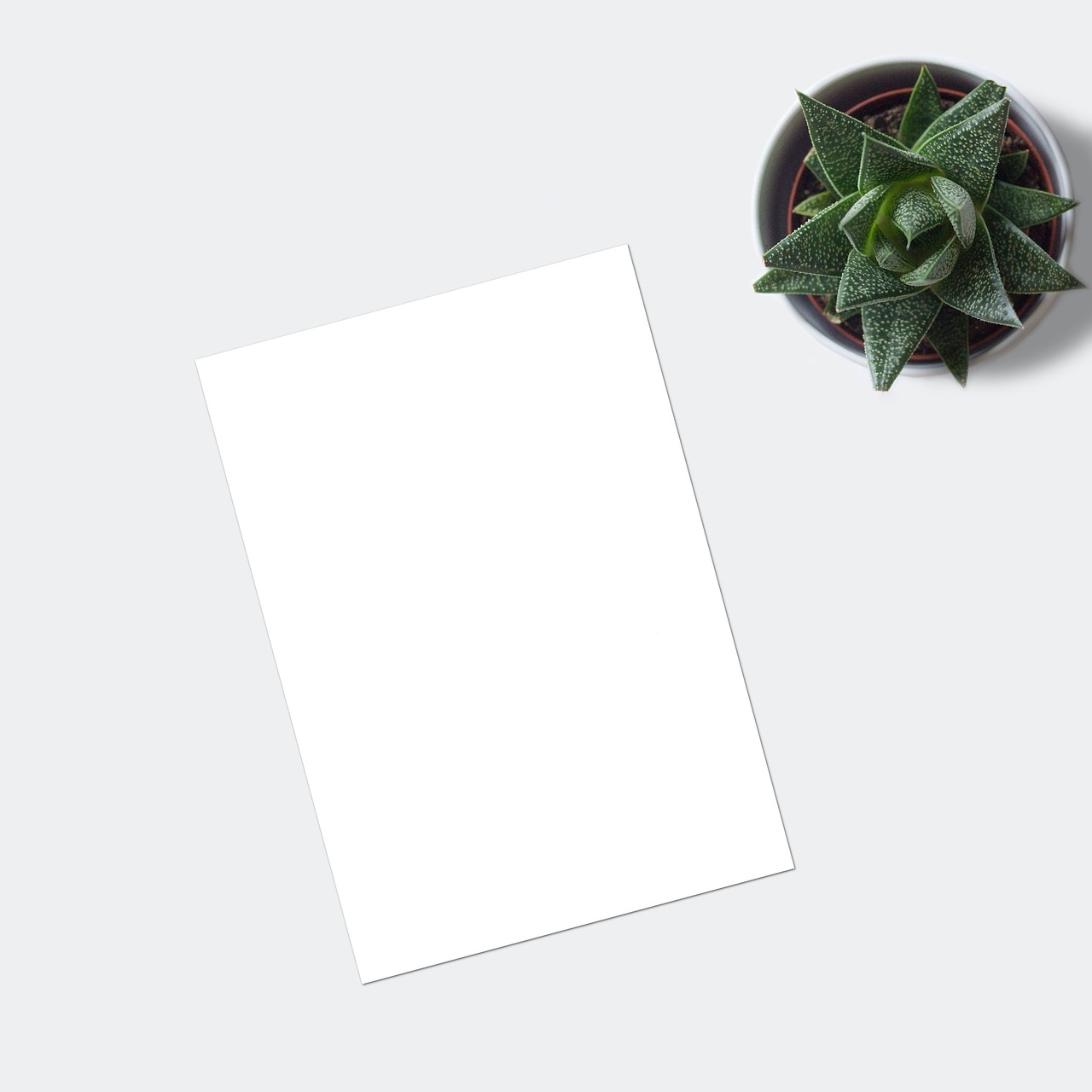
Types of Fertilizers
When it comes to nurturing your succulents, understanding the different available can make a world of difference. Just like people, plants have specific nutritional needs that vary depending on their growth stage and environment. In the world of succulents, you’ll typically encounter two main categories of fertilizers: liquid fertilizers and granular fertilizers.
Liquid fertilizers are a popular choice among succulent enthusiasts due to their ease of use and quick absorption. These fertilizers are often diluted in water and applied during the watering process, providing an immediate nutrient boost to your plants. They are particularly beneficial during the growing season, which is usually in spring and summer. However, caution is key; over-fertilizing can lead to fertilizer burn, which can damage your precious plants.
On the other hand, granular fertilizers offer a slow-release option, allowing nutrients to seep into the soil gradually over time. This type of fertilizer is often applied at the beginning of the growing season and can last several months, making it a low-maintenance choice for busy plant parents. Granular fertilizers are particularly effective for succulents that thrive in less frequent feeding schedules.
Here’s a quick overview of the two types:
| Type | Pros | Cons |
|---|---|---|
| Liquid Fertilizers |
|
|
| Granular Fertilizers |
|
|
Additionally, it's essential to consider the N-P-K ratio when selecting a fertilizer. This ratio indicates the percentage of nitrogen (N), phosphorus (P), and potassium (K) in the mix. For succulents, a balanced fertilizer with a ratio such as 10-10-10 or a higher phosphorus ratio like 5-10-5 can promote healthy growth and flowering. Always remember to read the labels and choose a fertilizer that suits your specific succulent varieties.
In conclusion, whether you opt for liquid or granular fertilizers, the key is to strike a balance. Too much of a good thing can lead to problems, so always start with a lower concentration and adjust based on how your plants respond. With the right fertilizer, your succulents will thrive and bring beauty to your home!
Q: How often should I fertilize my succulents?
A: Generally, fertilizing every 4-6 weeks during the growing season is ideal. In the dormant months, reduce or stop fertilization.
Q: Can I use regular houseplant fertilizer for succulents?
A: While you can use regular houseplant fertilizer, it’s best to choose one specifically formulated for succulents to ensure they receive the right nutrients.
Q: What should I do if I over-fertilize my succulents?
A: If you suspect over-fertilization, flush the soil with water to help leach out excess nutrients and prevent root burn.
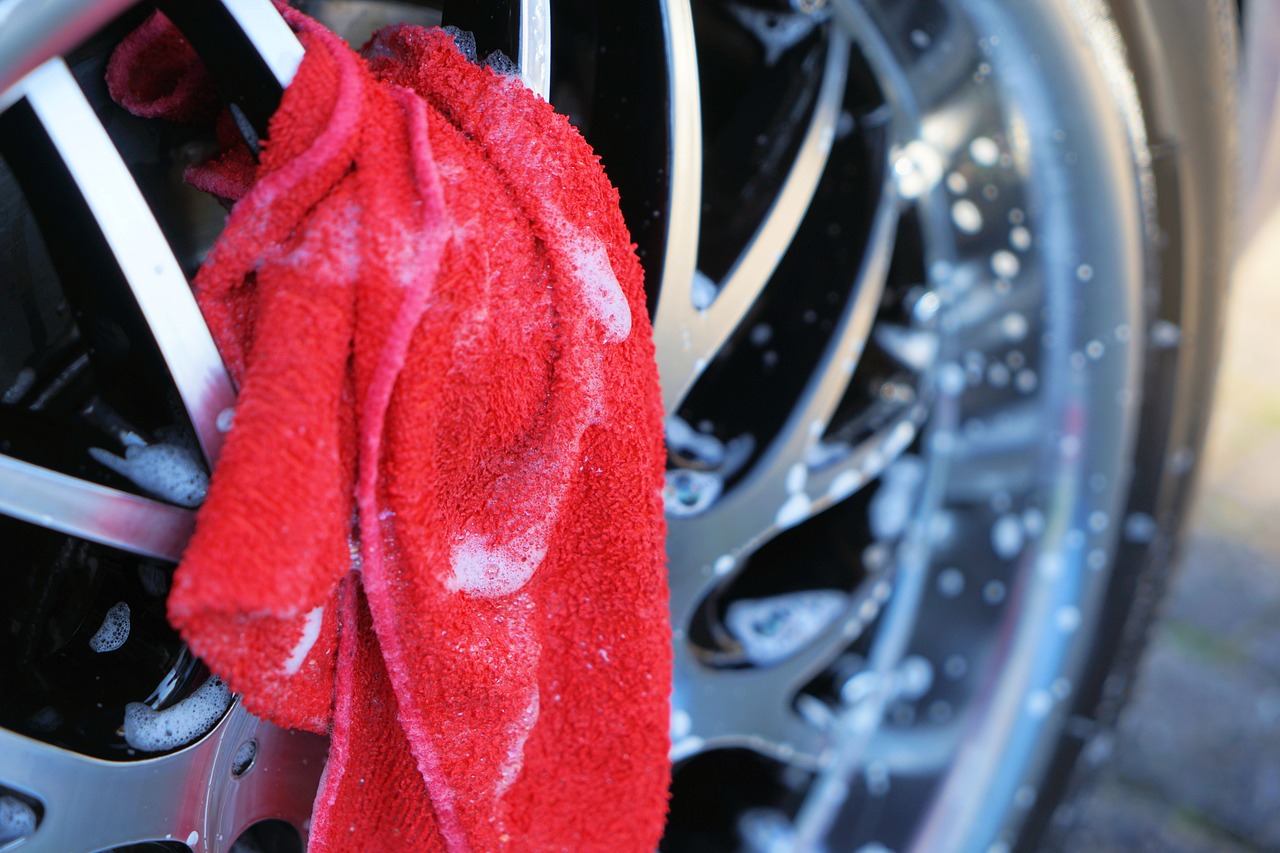
When to Fertilize
Knowing your succulents is crucial for their growth and overall health. Timing can make all the difference between a thriving plant and one that struggles to survive. Generally, the best time to fertilize succulents is during their active growing season, which typically occurs in the spring and summer. During these months, succulents are busily growing, and adding nutrients can significantly enhance their development.
It's important to consider the specific needs of your succulents. Different species may have varying growth patterns and nutrient requirements. For instance, some succulents may benefit from fertilization every month during the growing season, while others may only require it every few months. A good rule of thumb is to observe your plants and adjust your fertilization schedule based on their growth and health. Here are a few tips to help you determine when to fertilize:
- Observe Growth Patterns: If you notice new growth or vibrant color in your succulents, it's a sign they are actively growing and may benefit from fertilizer.
- Seasonal Changes: As the days get longer and warmer in spring, it's typically time to start fertilizing. Conversely, as temperatures drop in fall, you can reduce or stop fertilizing.
- Use Fertilizer Sparingly: It's better to under-fertilize than over-fertilize. Too much fertilizer can lead to salt buildup in the soil, which can harm your plants.
Another important factor is the type of fertilizer you choose. Liquid fertilizers can be applied more frequently and diluted to avoid over-fertilization, while granular fertilizers often last longer and can be applied less often. Typically, you might want to fertilize with a diluted liquid fertilizer every month during the growing season, while granular options could be used every 2-3 months. Always follow the manufacturer's instructions for application rates to ensure your succulents receive the right amount of nutrients without the risk of damage.
In summary, the key to successful fertilization lies in understanding your succulents’ specific needs and the seasons. By paying attention to growth patterns and adjusting your fertilization schedule accordingly, you can help your succulents thrive and flourish in their pots.
Q: How often should I fertilize my succulents?
A: Generally, you should fertilize succulents during their active growing season (spring and summer) every 4-6 weeks, depending on the type of fertilizer used.
Q: Can I fertilize my succulents in winter?
A: It's best to avoid fertilizing succulents in winter, as they typically enter a dormant phase and do not require additional nutrients during this time.
Q: What type of fertilizer is best for succulents?
A: A balanced, diluted liquid fertilizer or a diluted cactus fertilizer is ideal for succulents. Always follow the instructions for proper dilution and application rates.
Q: What signs indicate that my succulent needs fertilizer?
A: Signs include stunted growth, pale leaves, or a lack of new growth. If your plant appears healthy but isn't growing, it might benefit from a nutrient boost.
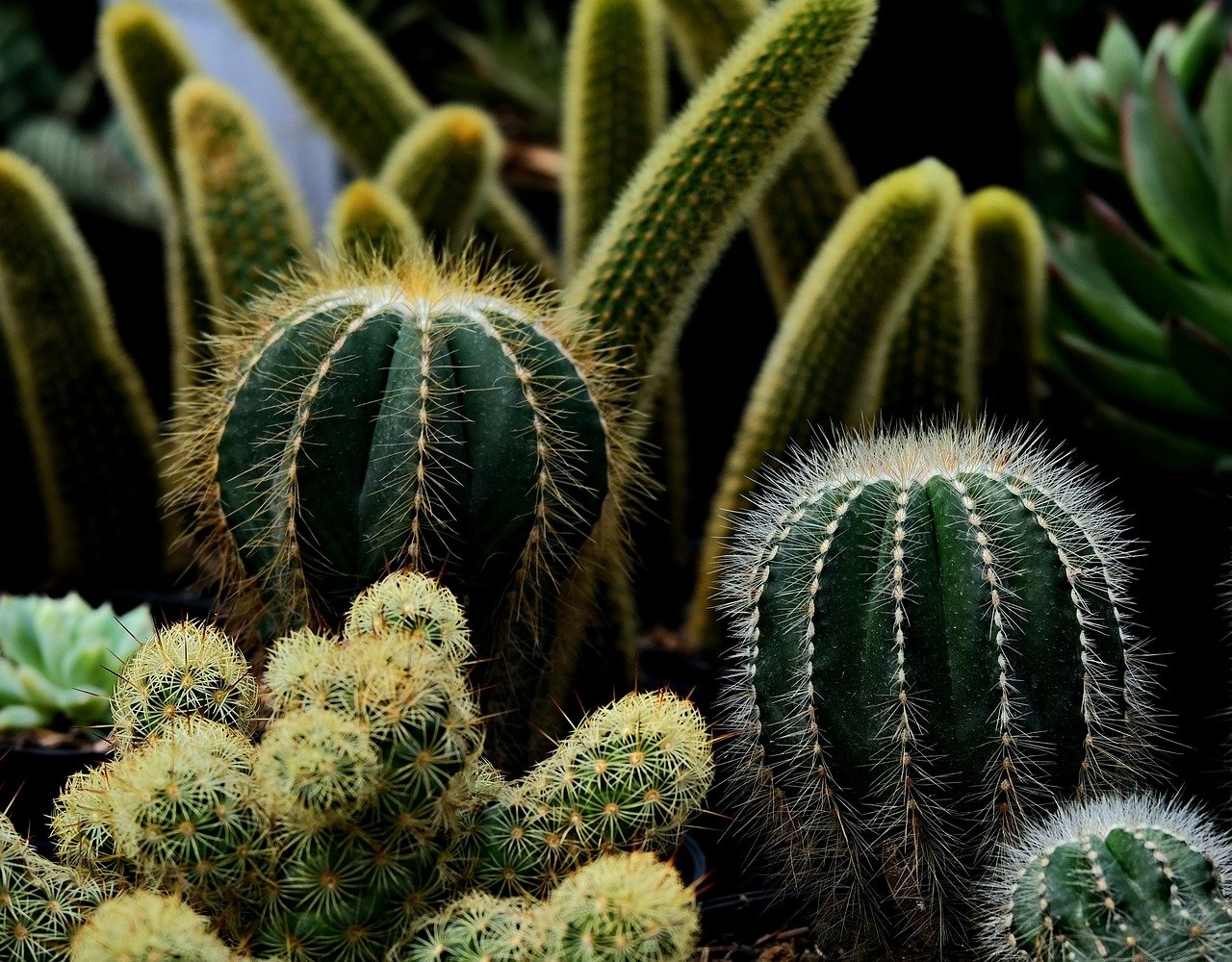
Common Pests and Diseases
When it comes to growing succulents, one of the most frustrating challenges can be dealing with pests and diseases. These resilient plants may seem tough, but they can fall victim to a variety of unwanted guests and ailments that can jeopardize their health. The key to keeping your succulents thriving lies in early detection and intervention. By familiarizing yourself with the common pests and diseases that affect succulents, you can take proactive measures to protect your green friends.
Some of the most common pests include mealybugs, aphids, and spider mites. Mealybugs, for instance, are small, white, cottony insects that tend to cluster in the leaf joints and on the undersides of leaves. They suck the sap from your plants, weakening them over time. Aphids, on the other hand, are tiny, green or black bugs that can also cause significant damage by feeding on the plant's nutrients. Spider mites are less visible but can be identified by the fine webbing they create on the plant. If you notice any of these pests, it's crucial to act swiftly to remove them.
To treat pest infestations, consider using a mixture of water and mild soap to spray on the affected areas. This solution can help suffocate the pests without harming your succulents. Additionally, introducing beneficial insects like ladybugs can provide natural pest control. If the infestation is severe, you may need to resort to insecticidal soap or neem oil, which are effective yet gentle on your plants.
As for diseases, succulents can suffer from issues like root rot and powdery mildew. Root rot is often caused by overwatering, leading to a mushy, discolored root system. If you suspect root rot, it’s vital to act quickly—remove the plant from the pot, trim away the affected roots, and repot it in fresh, dry soil. On the other hand, powdery mildew appears as a white, powdery substance on the leaves, typically due to high humidity and poor air circulation. To combat this, ensure your succulents are in a well-ventilated area and consider using a fungicide if the problem persists.
To summarize, keeping your succulents healthy involves vigilance and quick action against pests and diseases. Regularly inspect your plants, and don’t hesitate to intervene at the first sign of trouble. Remember, a little effort goes a long way in ensuring your succulents remain vibrant and flourishing!
- What are the signs of a pest infestation on succulents? Look for discolored leaves, sticky residue, or visible insects on the plant.
- How can I prevent pests and diseases in my succulent garden? Ensure proper watering, good air circulation, and regular inspections.
- Is neem oil safe for all types of succulents? Yes, neem oil is generally safe, but always test on a small area first.
- Can I use household soap to treat pests? Yes, a mild soap mixed with water can help control pests effectively.

Identifying Pests
When it comes to growing succulents, one of the biggest challenges you might face is dealing with pests. These little intruders can wreak havoc on your beautiful plants if not caught early. So, how do you spot them before they cause serious damage? First, keep a close eye on the leaves and stems of your succulents. Look for any unusual spots, discoloration, or sticky residue, which can be a telltale sign of an infestation.
Some common pests that target succulents include:
- Mealybugs: These tiny, white, cotton-like bugs often hide in the leaf joints and can cause significant damage by sucking the sap from your plants.
- Aphids: Small and often green or black, these pests tend to cluster on new growth, leading to curled leaves and stunted growth.
- Spider mites: These microscopic pests are often more noticeable through the fine webbing they leave behind. They thrive in dry conditions and can cause leaves to appear stippled or yellowed.
- Fungus gnats: While they primarily affect the soil rather than the plant itself, these little flies can be a nuisance and indicate overwatering issues.
To effectively manage these pests, regular inspections are key. Check your plants weekly, especially during the growing season. If you notice any signs of pests, act quickly! You can often remove them by gently wiping the leaves with a damp cloth or using a soft brush. For more severe infestations, consider using insecticidal soap or neem oil, which are both safe and effective treatments.
Moreover, maintaining proper care practices can help prevent pest issues. Ensuring your succulents are healthy and not stressed from overwatering or poor light conditions can make them less susceptible to pests. Remember, a healthy plant is a resilient plant!
Q: How can I prevent pest infestations on my succulents?
A: Regularly inspect your plants, maintain optimal care conditions, and keep your growing area clean to minimize the risk of pests.
Q: What should I do if I find pests on my succulents?
A: Remove the pests manually, use insecticidal soap or neem oil, and ensure your plants are in good health to resist future infestations.
Q: Are all pests harmful to succulents?
A: Not all pests cause significant harm, but it's best to address any infestation promptly to prevent potential damage to your plants.

Treating Diseases
Treating diseases in succulents requires vigilance and a proactive approach. Just like any other plant, succulents can fall victim to a variety of diseases that can hinder their growth and vitality. The key to successful treatment is early detection and prompt action. For instance, if you notice any unusual spots on the leaves or a sudden wilting of your plants, it’s essential to investigate further. Many diseases are caused by fungal infections, which thrive in overly moist conditions, or bacterial infections that can spread quickly if not addressed.
One common disease that affects succulents is root rot, which is typically caused by overwatering. When the roots sit in waterlogged soil, they begin to decompose, leading to a decline in the plant's health. To treat root rot, you should:
- Remove the plant from its pot and inspect the roots.
- Cut away any black, mushy roots with sterile scissors.
- Allow the plant to dry out for a few hours before repotting it in fresh, well-draining soil.
Another issue that can plague succulents is powdery mildew, which appears as a white, powdery substance on the leaves. This fungal infection thrives in humid conditions and can be treated by:
- Improving air circulation around the plant.
- Reducing humidity levels in the environment.
- Applying a fungicide specifically designed for succulents.
To help you better understand common diseases and their treatments, here’s a quick reference table:
| Disease | Symptoms | Treatment |
|---|---|---|
| Root Rot | Wilting, yellowing leaves, mushy roots | Remove affected roots, repot in dry soil |
| Powdery Mildew | White powdery spots on leaves | Improve air circulation, use fungicide |
| Leaf Spot | Dark spots on leaves, leaf drop | Remove affected leaves, reduce watering |
Additionally, it's crucial to maintain a clean growing environment. Regularly inspect your plants for any signs of distress and keep their surroundings tidy. Remove any dead leaves or debris that may harbor pests or diseases. This simple act can significantly reduce the risk of disease outbreaks in your succulent collection.
In conclusion, treating diseases in succulents involves a combination of observation, timely intervention, and proper care. By staying alert and addressing issues as they arise, you can ensure your succulents remain healthy and vibrant. Remember, a little attention goes a long way in keeping your plants thriving!
Q: How can I tell if my succulent is sick?
A: Look for signs like wilting, discoloration, spots on leaves, or root rot. Early detection is key!
Q: Can I use regular plant fertilizer for my succulents?
A: It’s best to use fertilizers specifically designed for succulents to avoid over-fertilization.
Q: How often should I check my succulents for diseases?
A: Regular checks, at least once a week, can help you catch any issues early.
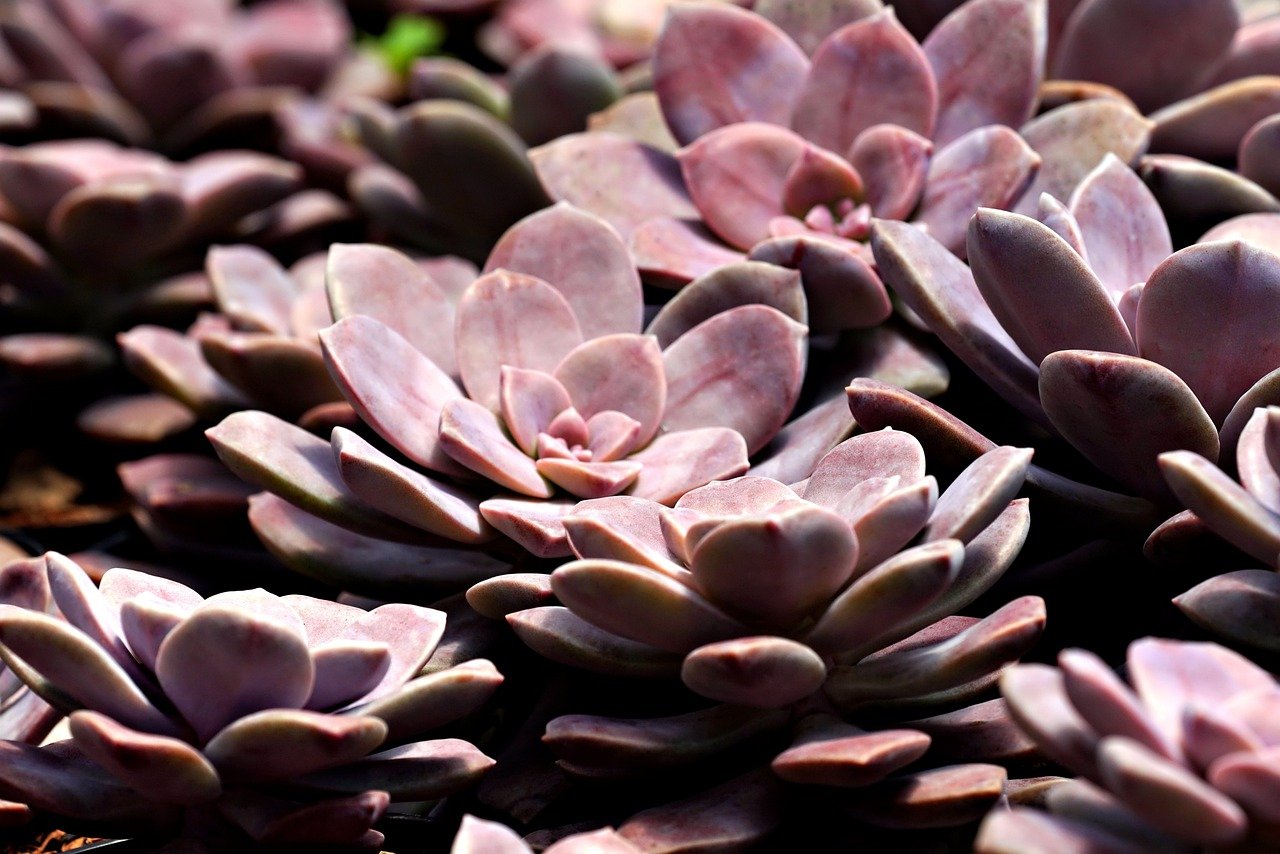
Propagation Techniques
Propagating succulents is not only a fun and rewarding experience but also a great way to expand your plant collection without spending a dime! Imagine having a small garden filled with various succulent species, all thriving because you took the time to propagate them yourself. There are several methods to propagate succulents, but two of the most popular techniques are leaf cuttings and offsets. Each method has its own unique charm and can lead to stunning results, so let’s dive into how you can master these propagation techniques!
Starting with leaf cuttings, this method is ideal for many succulent varieties. The process is simple: gently twist a healthy leaf from the mother plant, ensuring that you get a clean break without damaging the stem. Once you have your leaf, allow it to callous over for a day or two. This step is crucial as it helps prevent rot when you place it in the soil. After the leaf has calloused, lay it flat on well-draining soil, mist it lightly, and keep it in a bright, indirect light. In a few weeks, you’ll start to see tiny roots and new plantlets forming at the base of the leaf. Isn’t it amazing how nature works?
Now, let’s talk about offsets. Many succulents, like Haworthia and Echeveria, produce offsets, which are small plants that grow at the base of the parent plant. To propagate using offsets, simply remove the offset from the mother plant, making sure to include some roots. This can usually be done by gently pulling or cutting it away. Once separated, let the offset dry for a few hours to form a callous, then plant it in its own pot filled with suitable soil. With the right care, these offsets will grow into beautiful, independent plants!
To give you a clearer picture, here's a quick comparison of the two propagation methods:
| Propagation Method | Steps Involved | Time to Root |
|---|---|---|
| Leaf Cuttings | 1. Remove leaf 2. Allow to callous 3. Place on soil |
2-4 weeks |
| Offsets | 1. Remove offset 2. Allow to callous 3. Plant in soil |
1-3 weeks |
Regardless of the method you choose, the key to successful propagation is patience and observation. Keep an eye on your new plants and adjust their care as needed. Remember, every succulent is unique, and what works for one may not work for another. But with a little practice, you’ll be able to propagate succulents like a pro!
- How long does it take for succulent cuttings to root? - It usually takes between 2 to 4 weeks for leaf cuttings to root, while offsets may root within 1 to 3 weeks.
- Can I propagate any succulent? - Most succulents can be propagated, but some varieties may have a higher success rate than others.
- What should I do if my cuttings aren’t rooting? - Ensure they are receiving the right amount of light and moisture. Sometimes, adjusting their environment can help.
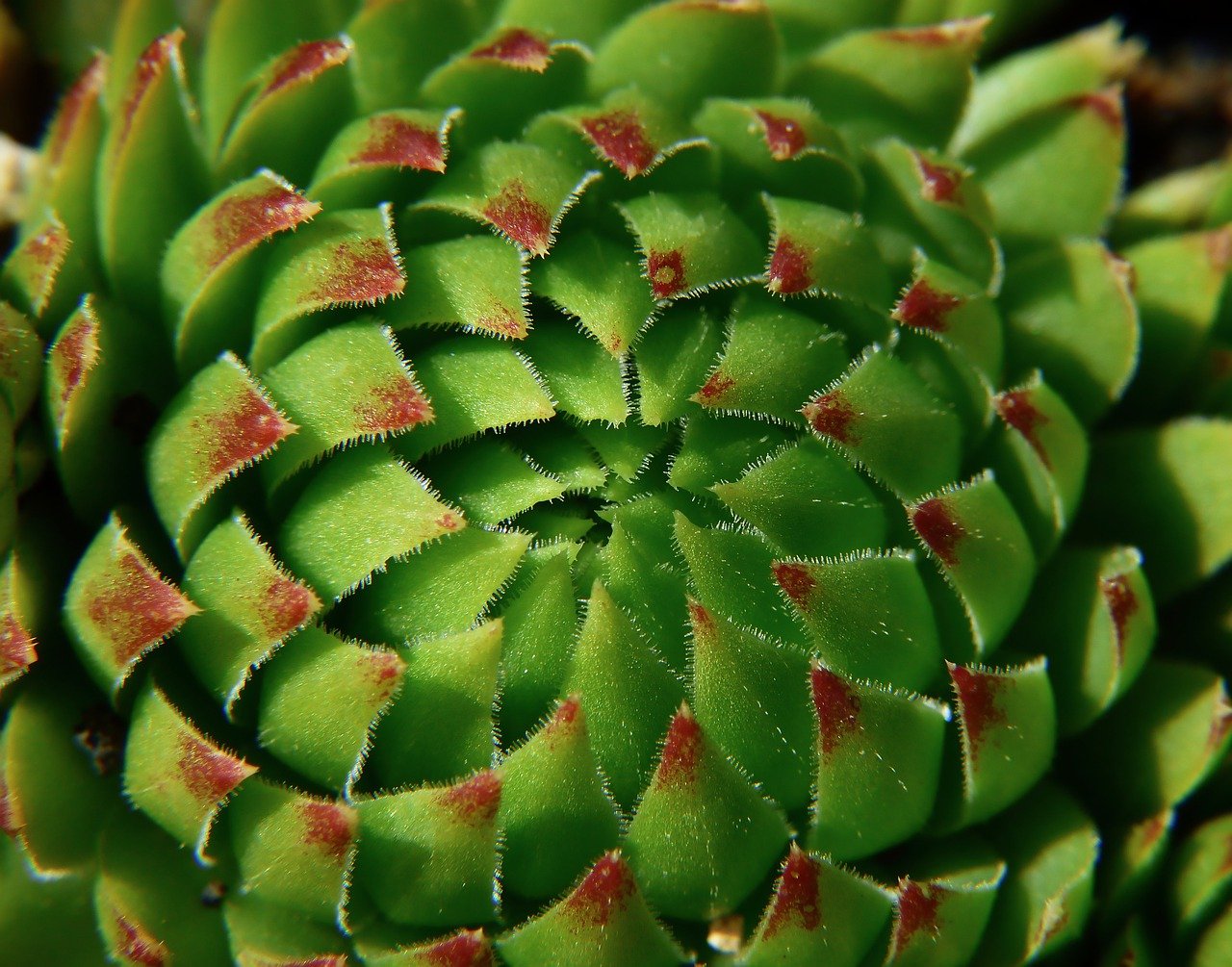
Leaf Cuttings
Propagating succulents through is not only a fun and rewarding experience, but it's also a fantastic way to expand your succulent collection without spending a dime! Imagine taking a single leaf, nurturing it, and watching it transform into a brand new plant. It's almost like magic! The process is relatively simple, but it requires a bit of patience and the right technique to ensure success.
To begin, you'll need to select a healthy leaf from a mature succulent. It's essential to choose a leaf that is plump and firm, as this indicates that it has enough moisture to support new growth. Gently twist the leaf off the stem, ensuring that you have a clean break—this helps prevent any damage to the parent plant. Once you have your leaf, let it sit in a dry, shaded area for a day or two. This allows the cut end to callous over, reducing the risk of rot when you place it in soil.
After the leaf has calloused, it's time to plant it! Use a well-draining soil mix, ideally one designed for succulents. You can either use a commercial cactus mix or create your own blend using potting soil, sand, and perlite. Place the leaf on top of the soil, with the cut end touching the surface. There's no need to bury it; succulents are quite forgiving in this regard. Mist the soil lightly to provide some moisture, but remember that less is more when it comes to watering at this stage.
Once planted, place your leaf cutting in a bright spot, but avoid direct sunlight, which can scorch the delicate leaf. Over the next few weeks, keep an eye on it. You might notice tiny roots starting to form, followed by little rosettes emerging from the base of the leaf. This is your cue that your propagation efforts are paying off! As the new plant grows, you can gradually increase its exposure to sunlight.
Here’s a quick recap of the steps to ensure successful propagation through leaf cuttings:
- Select a healthy, plump leaf.
- Allow the cut end to callous for 1-2 days.
- Plant the leaf on well-draining soil.
- Water lightly and place in bright, indirect light.
- Watch for roots and new growth!
With a little patience and care, you can create a thriving new succulent from just a single leaf. It's a simple yet effective method that not only enhances your collection but also deepens your connection with these resilient plants. So, grab those leaves and start propagating!
Q: How long does it take for leaf cuttings to root?
A: Generally, it can take anywhere from a few weeks to a couple of months for leaf cuttings to develop roots, depending on the succulent species and the environmental conditions.
Q: Can I propagate any type of succulent using leaf cuttings?
A: Most succulents can be propagated using leaf cuttings, but some types, like Haworthia and Jade Plant, may not propagate as easily. It's best to research the specific type of succulent you have.
Q: What should I do if my leaf cutting starts to rot?
A: If you notice any signs of rot, such as a mushy texture or discoloration, remove the leaf cutting from the soil and let it dry out completely. If the cut end is still healthy, you can try replanting it after it has calloused again.
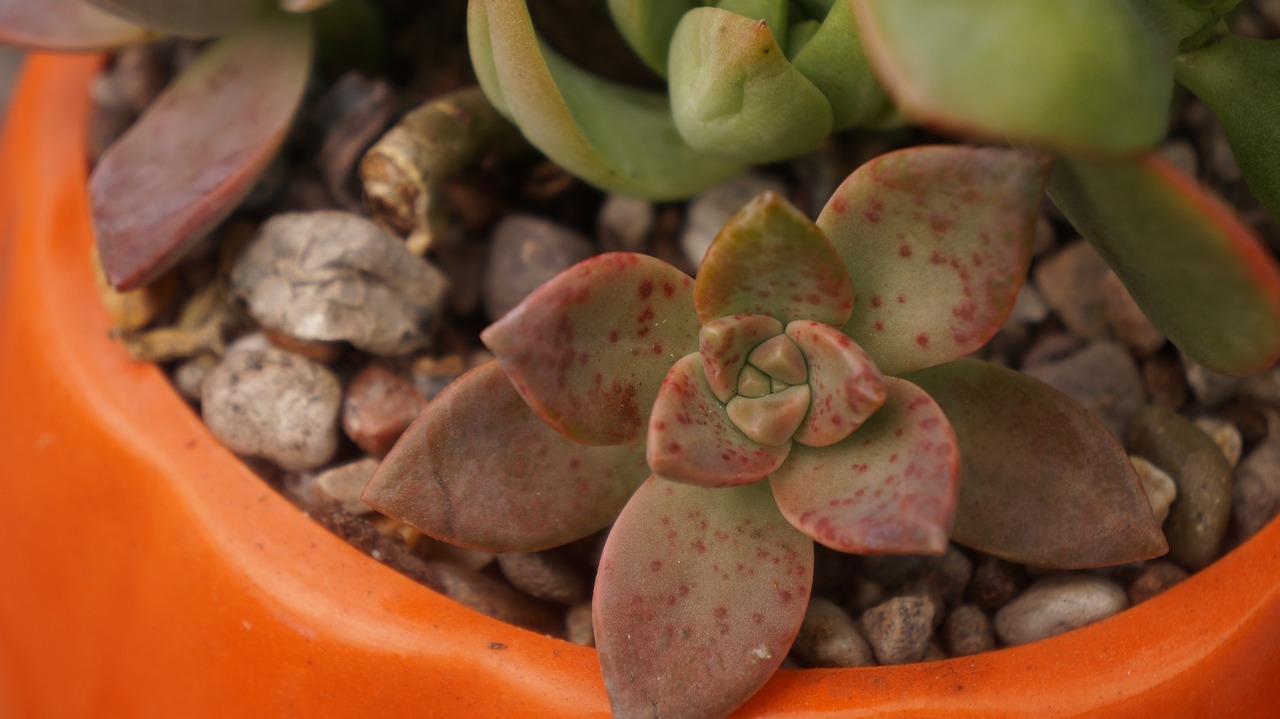
Offsets and Division
Offsets and division are two highly effective techniques for propagating certain types of succulents. These methods not only help you expand your collection but also ensure that your plants remain healthy and vibrant. Offsets are small plants that grow at the base of the parent succulent, while division involves separating the plant into multiple sections. Both methods can be incredibly rewarding, allowing you to create new plants that can thrive independently.
When it comes to offsets, the process is fairly straightforward. First, you’ll want to gently remove the parent plant from its pot. This gives you a clear view of the offsets, which are usually attached to the main root system. Using a clean, sharp knife or scissors, carefully cut the offsets away from the parent plant, ensuring that each offset has a portion of the root attached. This is crucial for their survival, as roots are essential for water and nutrient uptake. Once separated, allow the offsets to dry for a few hours to a day to help heal the cut surfaces, which reduces the risk of rot when you replant them.
Next, prepare a new pot with a suitable soil mix, ideally one that has excellent drainage properties. Plant the offsets in the new pot, burying them just enough to cover the roots. Water them lightly after planting, and place them in a bright, indirect light location. Patience is key here; it may take a few weeks for the offsets to establish themselves and start showing new growth.
On the other hand, division is often used for succulents that have grown quite large and have multiple stems or clusters. To divide a succulent, follow a similar process: carefully remove the plant from its pot and gently shake off excess soil to expose the roots. Look for natural divisions in the plant; these are areas where the stems can be separated. Using your clean knife or scissors, cut through the root ball to divide the plant into sections, making sure that each section has enough roots to support its growth.
Once divided, replant each section in its own pot with fresh soil. Just like with offsets, ensure that the soil is well-draining. Water lightly after potting and keep the newly divided plants in a warm, bright spot to encourage growth. Over time, you’ll notice that both offsets and divided plants will flourish, adding even more beauty to your succulent collection.
In summary, whether you're working with offsets or division, both methods can be incredibly fulfilling and beneficial for your plants. With a little care and the right techniques, you can propagate your succulents successfully and enjoy the process of nurturing new growth!
- How long does it take for offsets to grow into mature plants? Offsets can take anywhere from a few weeks to several months to establish themselves and grow into mature plants, depending on the species and care provided.
- Can I propagate any succulent using offsets and division? Not all succulents produce offsets or can be divided easily. It's best to research the specific species you have to determine the best propagation method.
- What should I do if my offsets or divided plants don’t seem to be growing? Ensure they are receiving adequate light, not overwatered, and are in well-draining soil. Sometimes, it just takes a little time for them to adjust.
Frequently Asked Questions
- What type of pot is best for succulents?
When choosing a pot for your succulents, look for one that has good drainage holes. Terracotta pots are a popular choice because they allow moisture to evaporate quickly, preventing root rot. Additionally, ensure the pot is sized appropriately for your succulent; it should be snug but not too tight.
- How often should I water my succulents?
Watering frequency depends on several factors, including the type of succulent, the season, and the environment. Generally, you should water your succulents every 1-2 weeks, allowing the soil to dry out completely between waterings. During the winter months, many succulents go dormant and require less water.
- Can I use regular potting soil for succulents?
Regular potting soil retains moisture, which can be detrimental to succulents. Instead, opt for a well-draining soil mix specifically designed for cacti and succulents. If you want to make your own, combine potting soil with sand and perlite to improve drainage.
- Do succulents need direct sunlight?
Succulents thrive in bright, indirect sunlight. While some varieties can tolerate direct sunlight, too much can scorch their leaves. Position your succulents near a window where they can receive filtered light or use sheer curtains to diffuse harsh rays.
- What are the signs of overwatering?
Overwatering is one of the most common issues for succulent owners. Look for yellowing leaves, mushy stems, or a foul smell from the soil. If you notice these signs, it's essential to let the soil dry out and adjust your watering schedule.
- How can I propagate my succulents?
Propagating succulents can be done easily through leaf cuttings or offsets. For leaf cuttings, simply remove a healthy leaf and let it callous over for a few days before placing it on well-draining soil. Keep the soil lightly moist until roots develop. Offsets can be gently separated from the parent plant and potted in their own containers.
- What pests should I watch out for?
Common pests that affect succulents include mealybugs, aphids, and spider mites. Regularly inspect your plants for signs of infestation, such as webbing or sticky residue. If you spot pests, treat them promptly with insecticidal soap or neem oil to prevent further damage.
- When is the best time to fertilize succulents?
The best time to fertilize succulents is during their active growing season, typically in spring and summer. Use a diluted, balanced fertilizer every 4-6 weeks to promote healthy growth. Avoid fertilizing in the fall and winter when the plants are dormant.



















